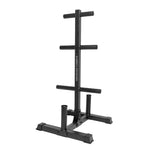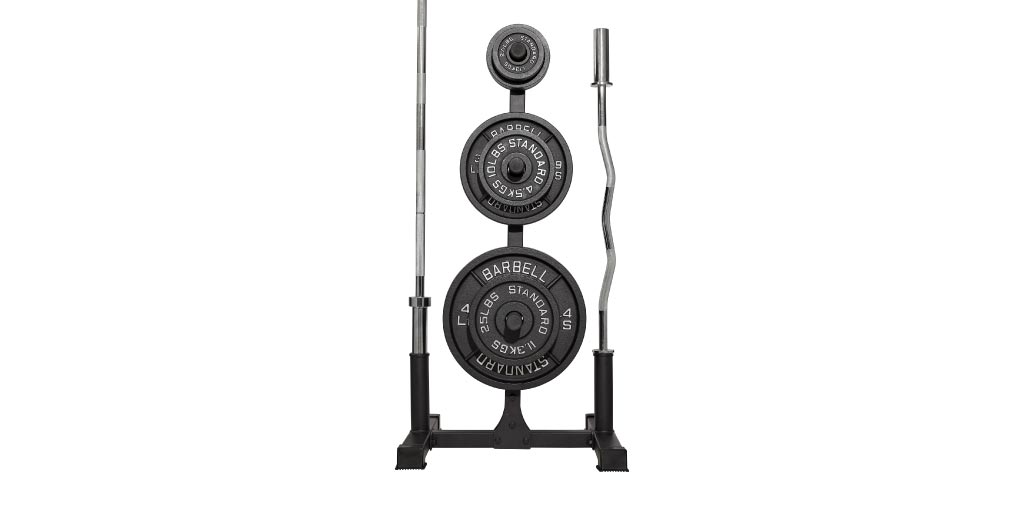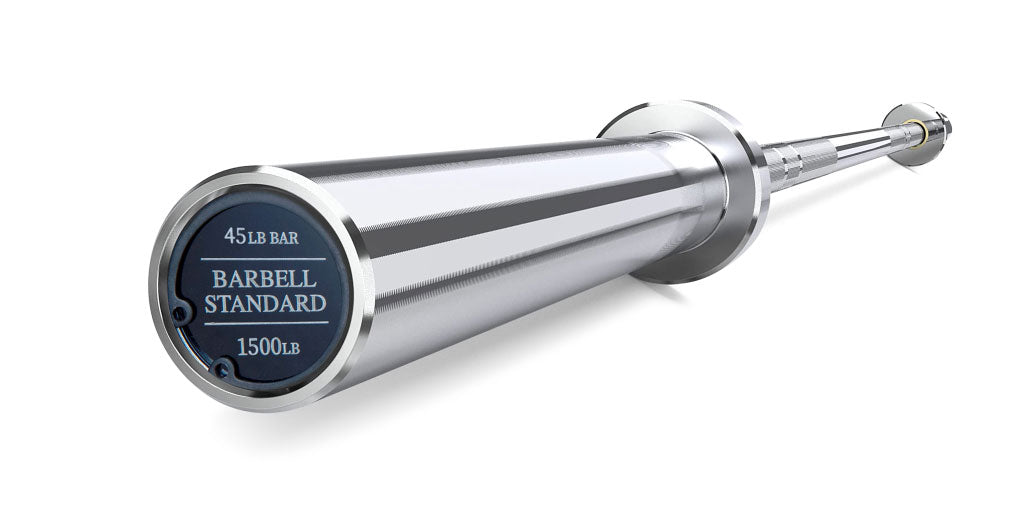-

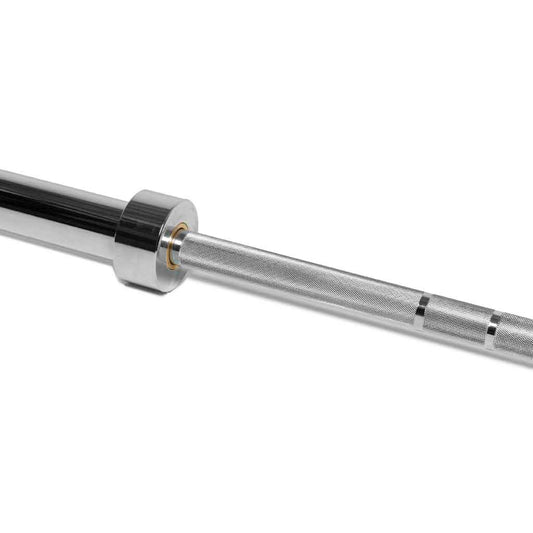 Save 30%
Save 30%Barbell 1500 Olympic Barbell
Regular price $140.00Regular priceUnit price per$200.00Sale price $140.00Save $60.00 (30%)Sale -
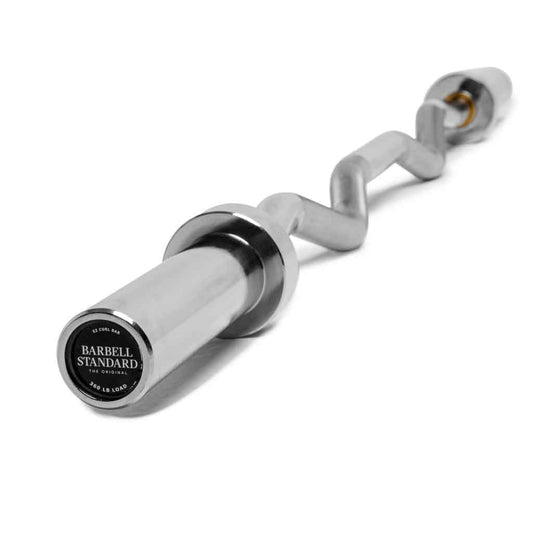
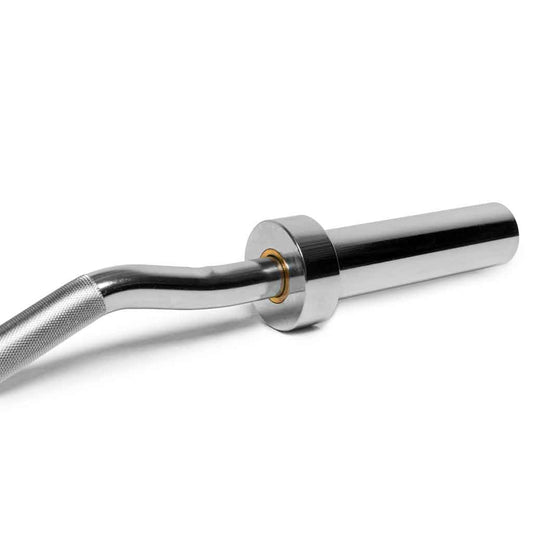 Save 30%
Save 30%EZ Curl Bar
Regular price $87.50Regular priceUnit price per$125.00Sale price $87.50Save $37.50 (30%)Sale -

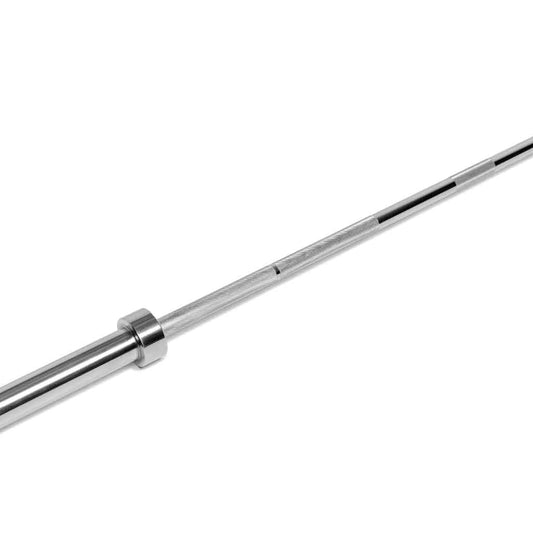 Save 30%
Save 30%Barbell 2000 Power Barbell
Regular price $157.50Regular priceUnit price per$225.00Sale price $157.50Save $67.50 (30%)Sale -
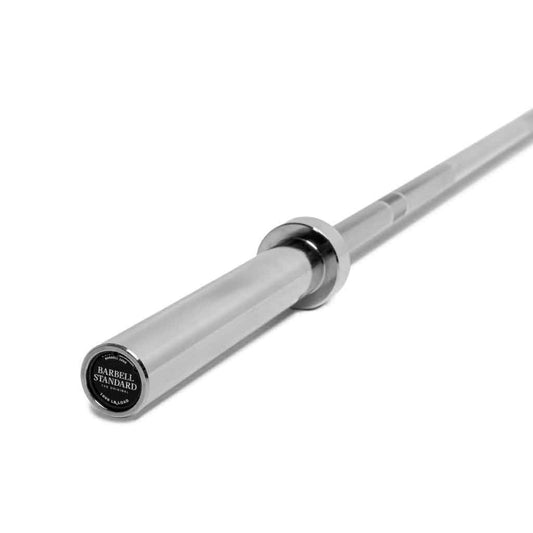
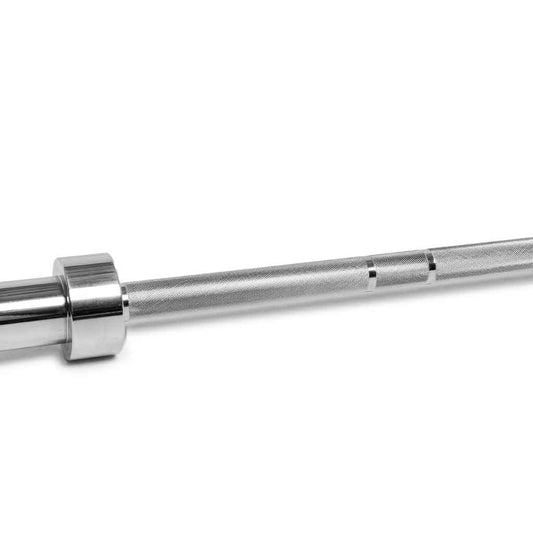 Save 30%
Save 30%Barbell 1000 Compact Barbell
Regular price $122.50Regular priceUnit price per$175.00Sale price $122.50Save $52.50 (30%)Sale -
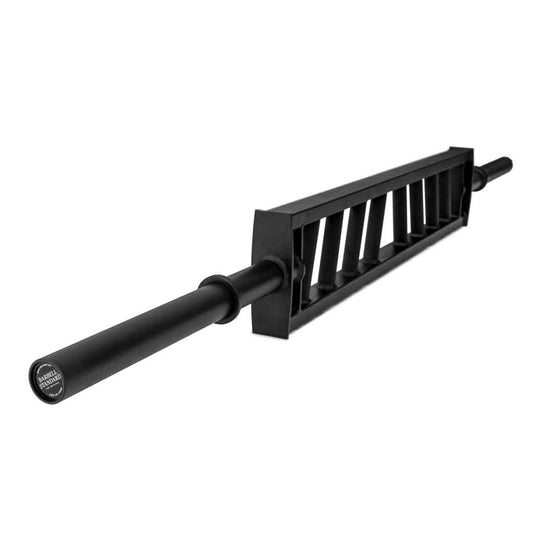
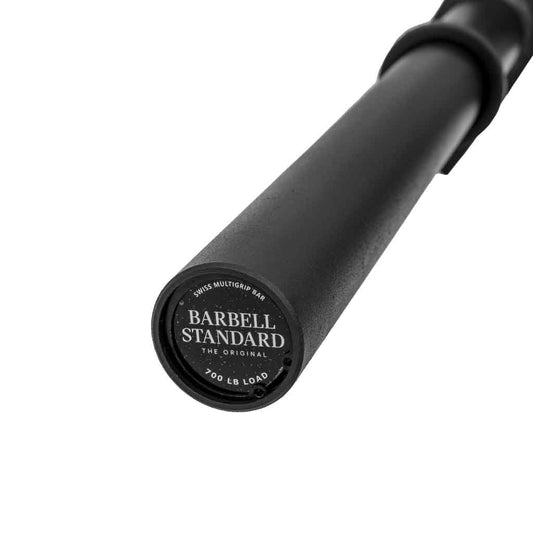 Save 30%
Save 30%Swiss Multigrip Barbell
Regular price $140.00Regular priceUnit price per$200.00Sale price $140.00Save $60.00 (30%)Sale -
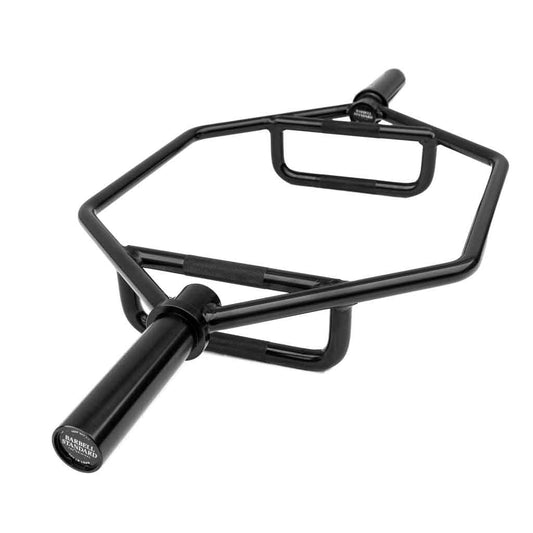
 Save 30%
Save 30%Hex Bar 2.0
Regular price $126.00Regular priceUnit price per$180.00Sale price $126.00Save $54.00 (30%)Sale -
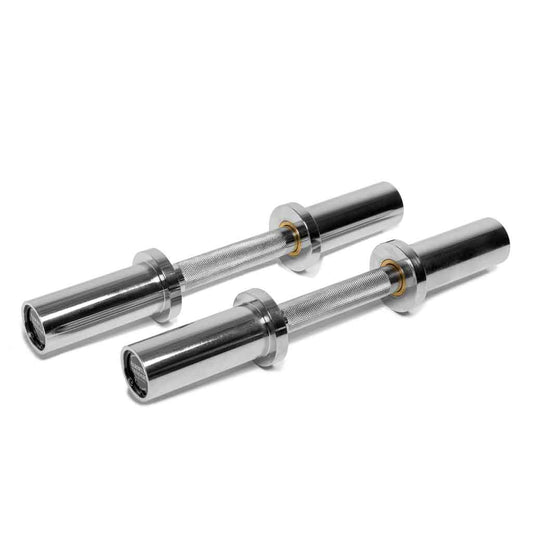
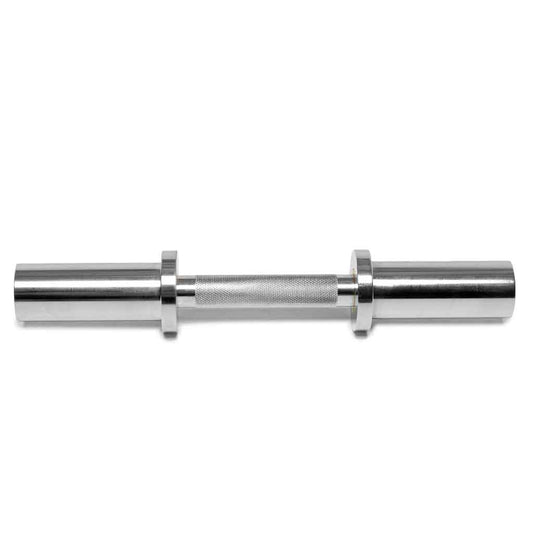 Save 30%
Save 30%Loadable Dumbbell Bars - Pair
Regular price $87.50Regular priceUnit price per$125.00Sale price $87.50Save $37.50 (30%)Sale -
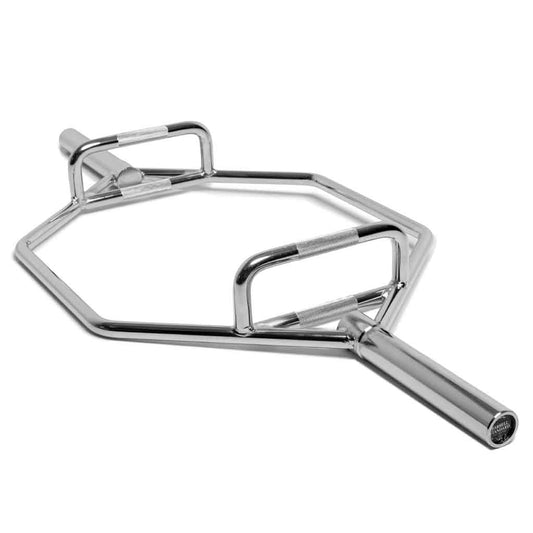
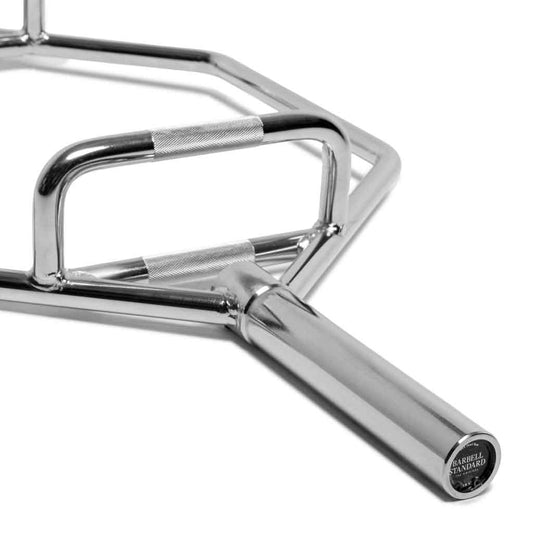 Save 30%
Save 30%Olympic Hex Bar
Regular price $157.50Regular priceUnit price per$225.00Sale price $157.50Save $67.50 (30%)Sale -

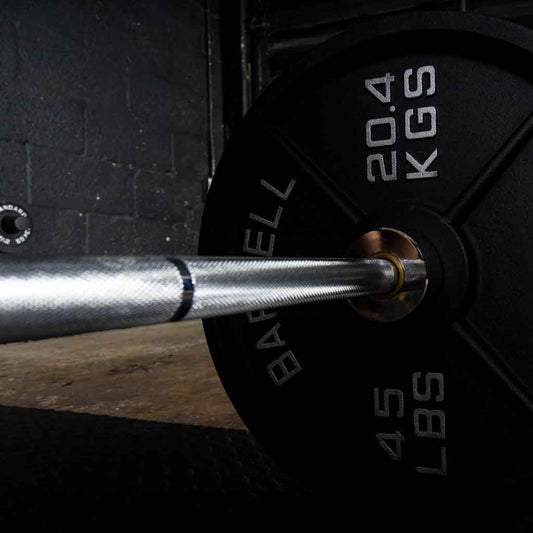 Save up to 30%
Save up to 30%Barbell & Weight Set Bundle Builder
Regular price From $255.00Regular priceUnit price per$365.00Sale price From $255.00Save $110.00 (30%)Sale -
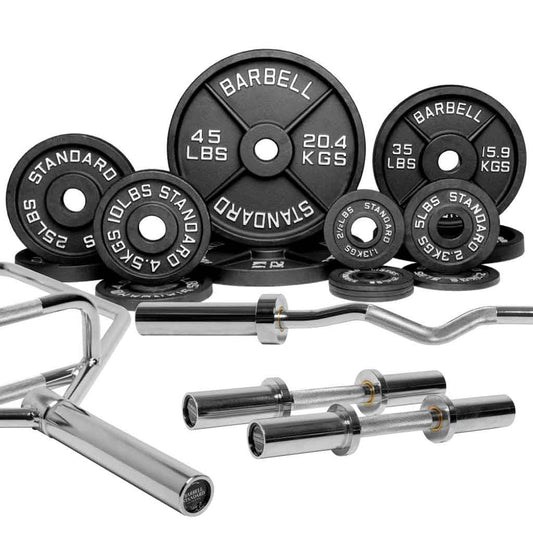
 Save up to 30%
Save up to 30%Specialty Bar & Weight Set Bundle Builder
Regular price From $145.00Regular priceUnit price per$200.00Sale price From $145.00Save $55.00 (27%)Sale
All Barbells and Specialty bars include spring collars. Barbells and hex trap bars also include cotton weightlifting straps.
Barbell and Specialty Bar FAQ
How much does a barbell weigh?
What types of barbells are there?
Which barbell is the best one for me?
What is the best all-purpose barbell?
What is the best powerlifting barbell?
What is the best type of barbell for a beginner?
What are the signs of a quality barbell?
Barbell Sleeves - Here's what you need to know
Barbell knurl - Here's what you need to know
Barbell whip - Here's what you need to know
Barbell tensile strength - Here's what you need to know
Barbell finish options - Here's what you need to know
Do I really need a barbell for my new home gym?
Popular Barbell and Specialty Bar options
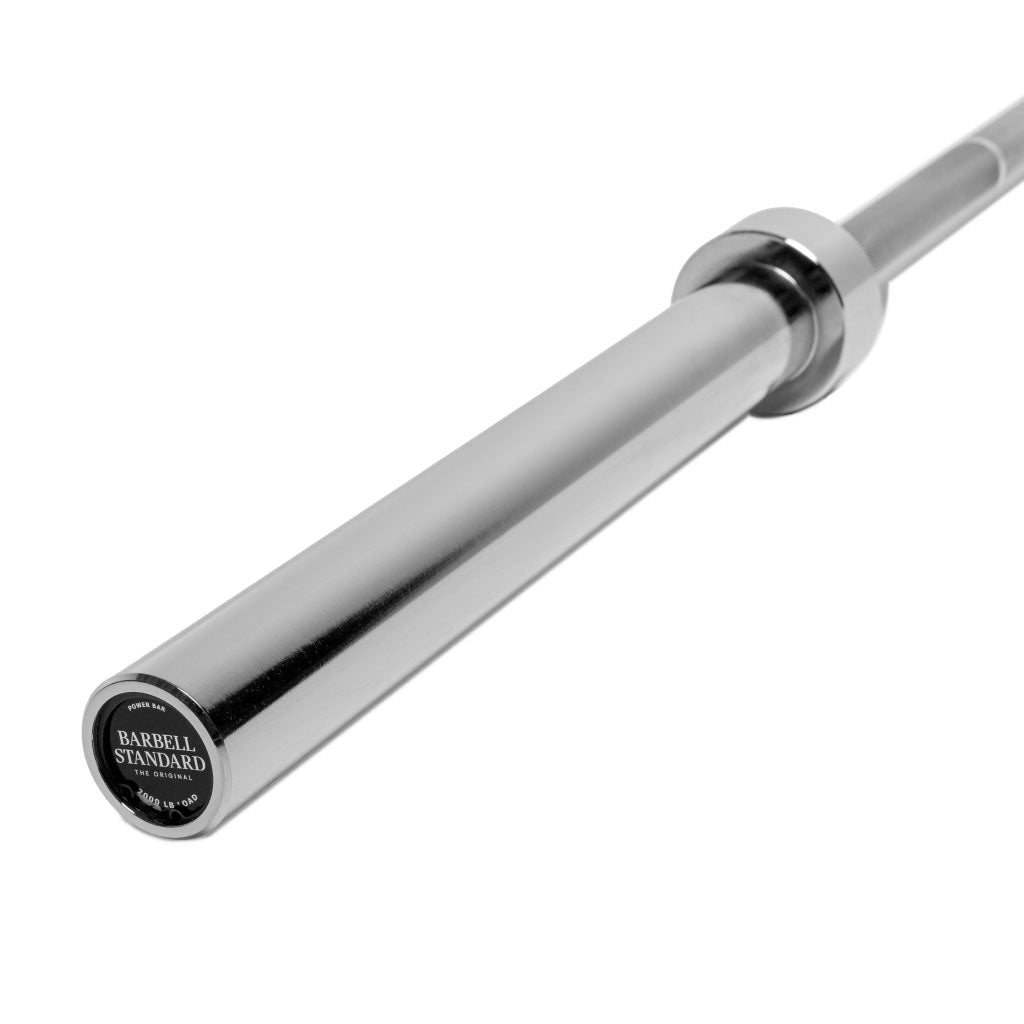
Barbell 2000 Power Barbell
The Barbell 2000 is designed for lifters focusing on the Big 3 - Bench Press, Deadlift, and Squats. The Barbell 2000 is our heaviest duty, cold-pressed steel, full-sized 7' Olympic barbell. From the more aggressive knurl, to the lack of Oly knurl marks, down to the brass bushing sleeves for optimum Big 3 sleeve rotation - just like you, this bar was born to lift hard and heavy.
View full details
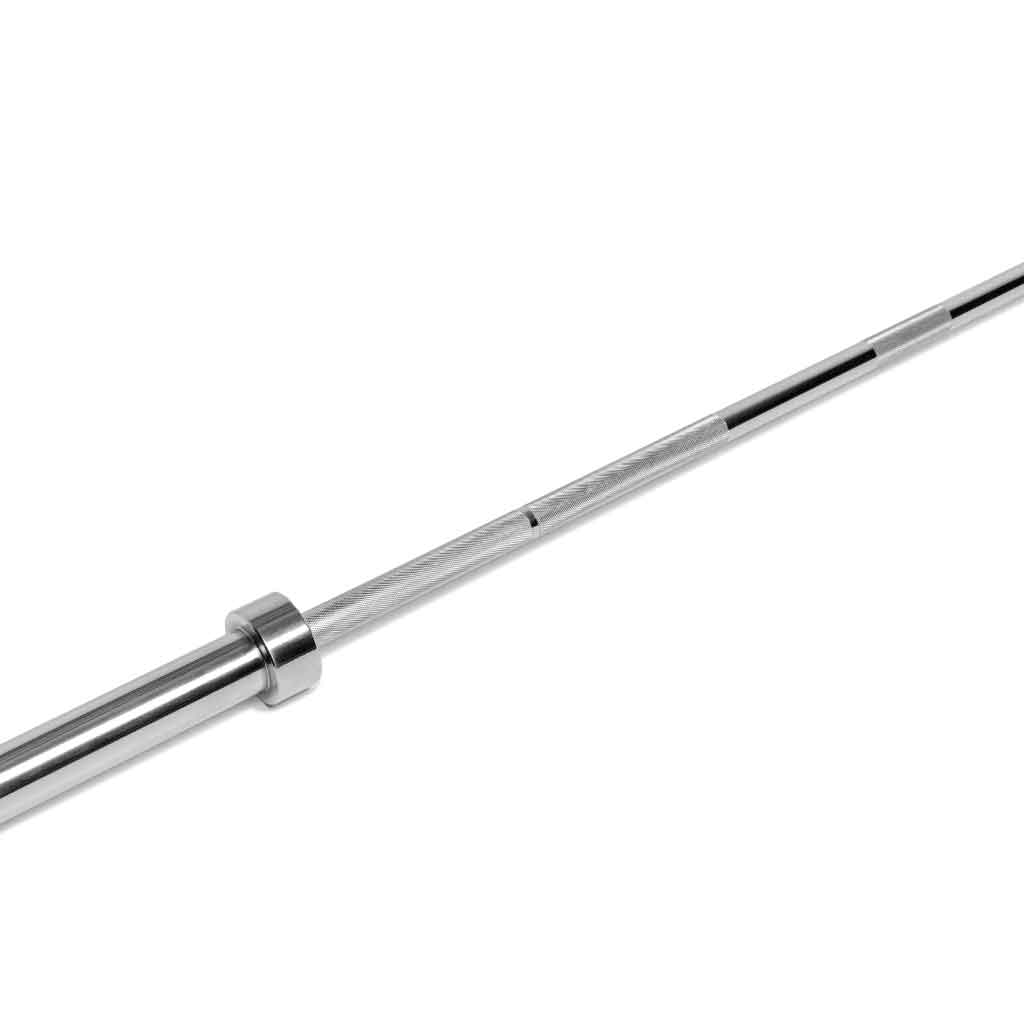
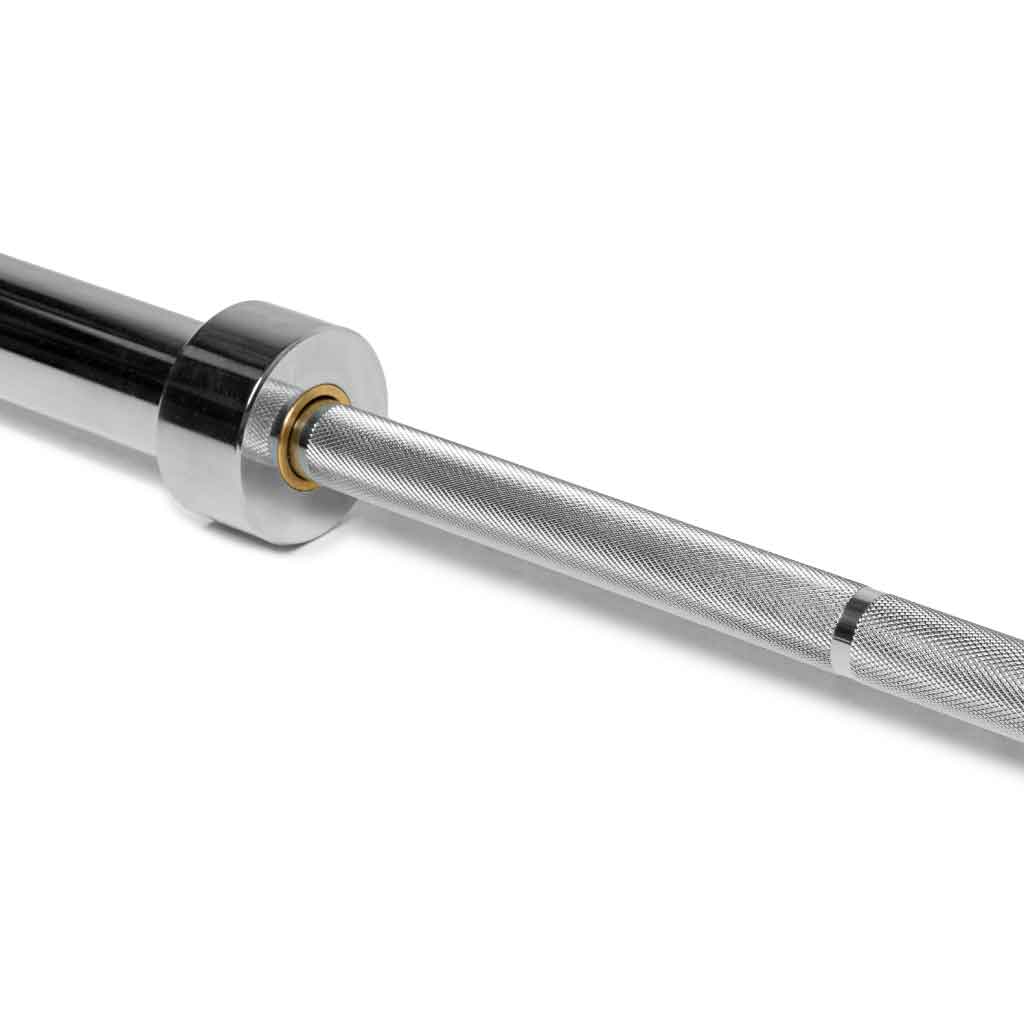
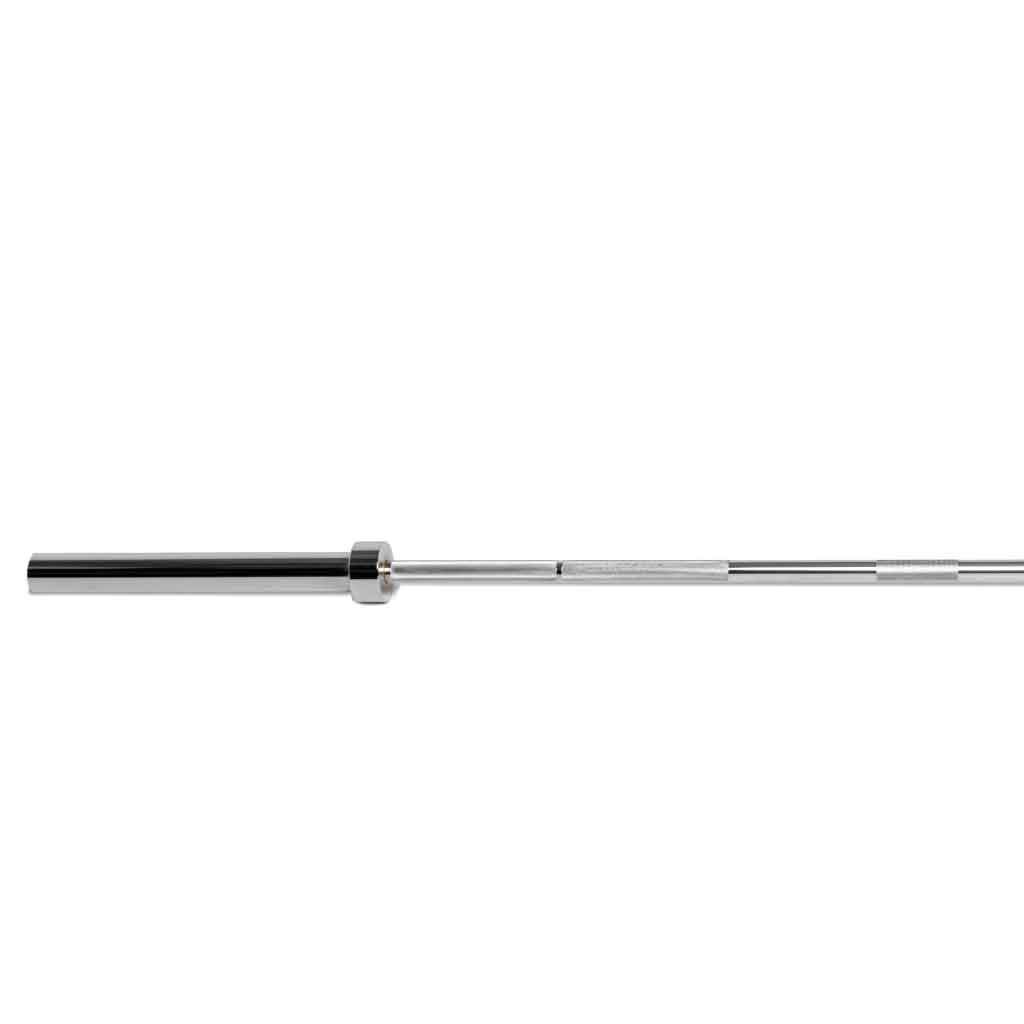
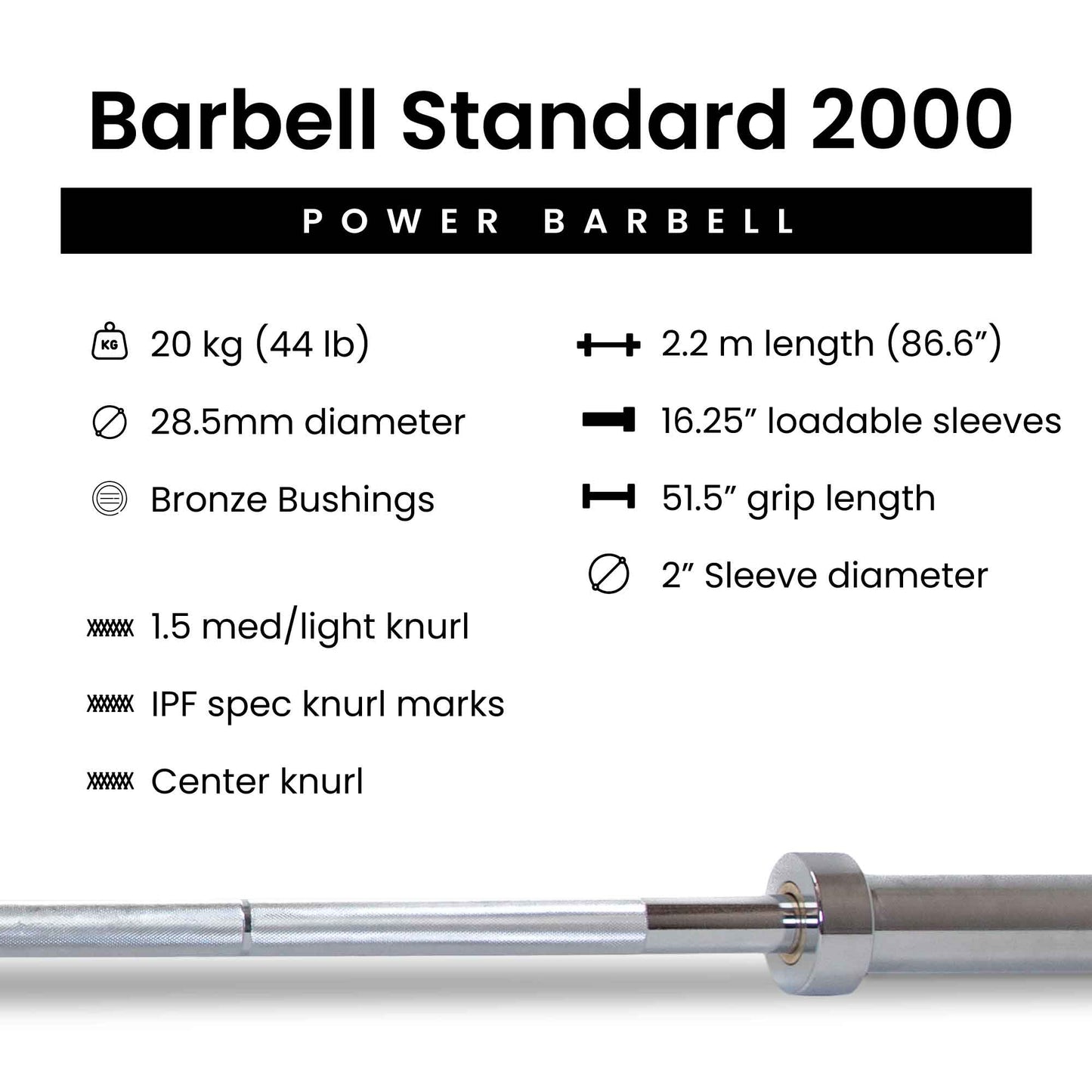

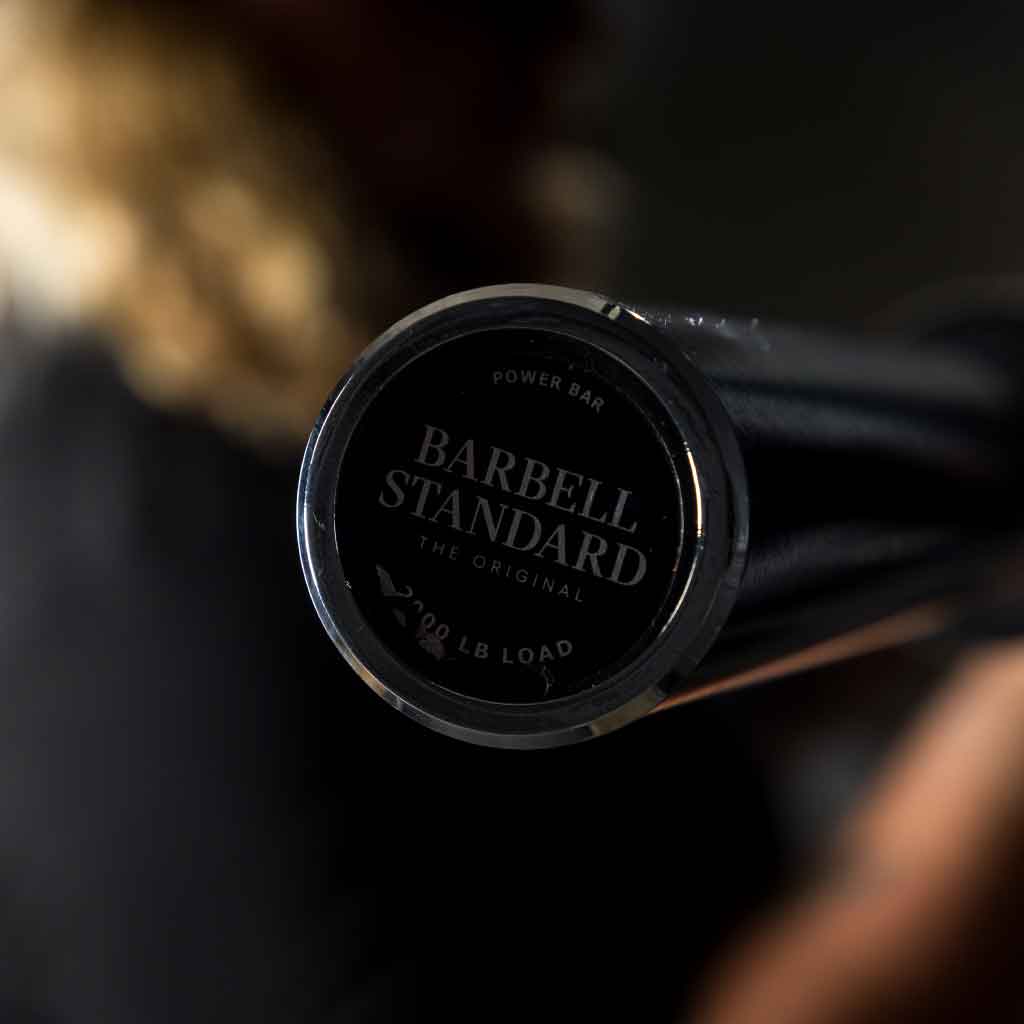
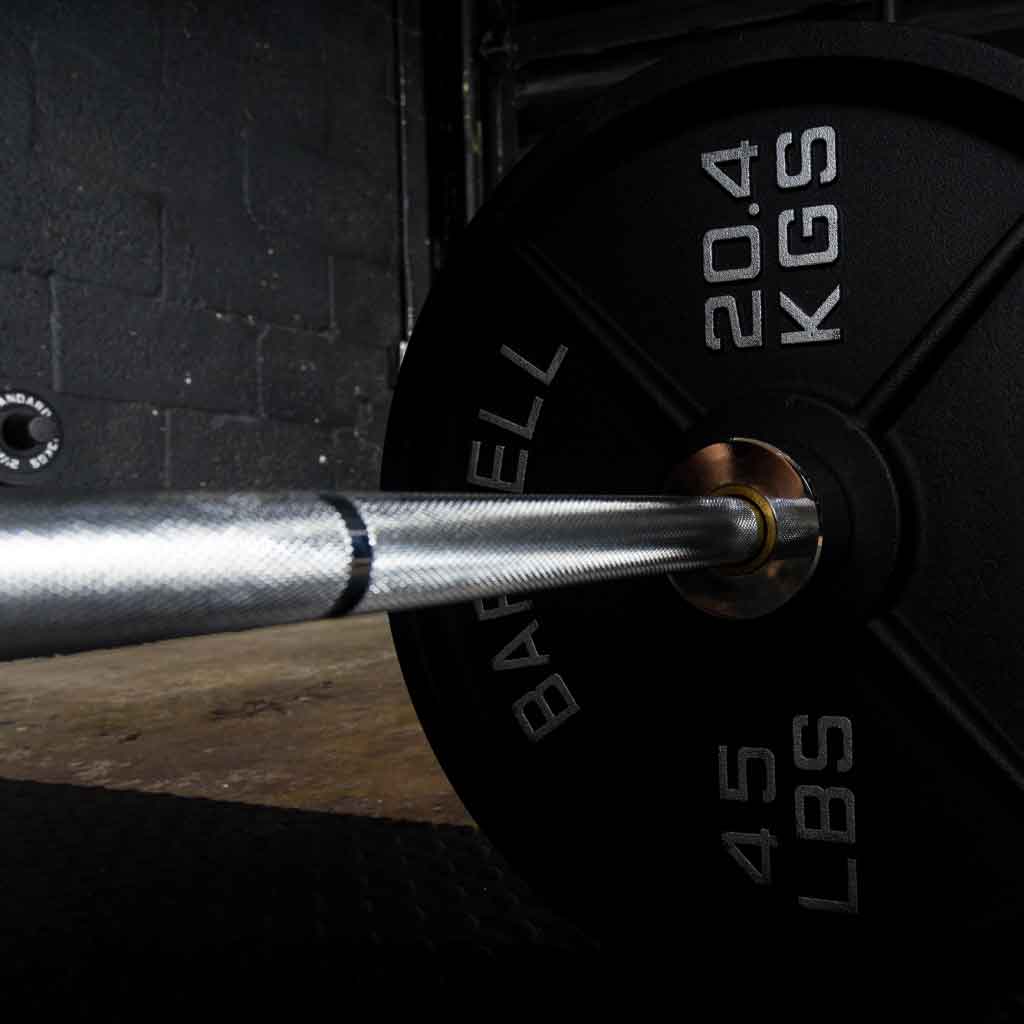
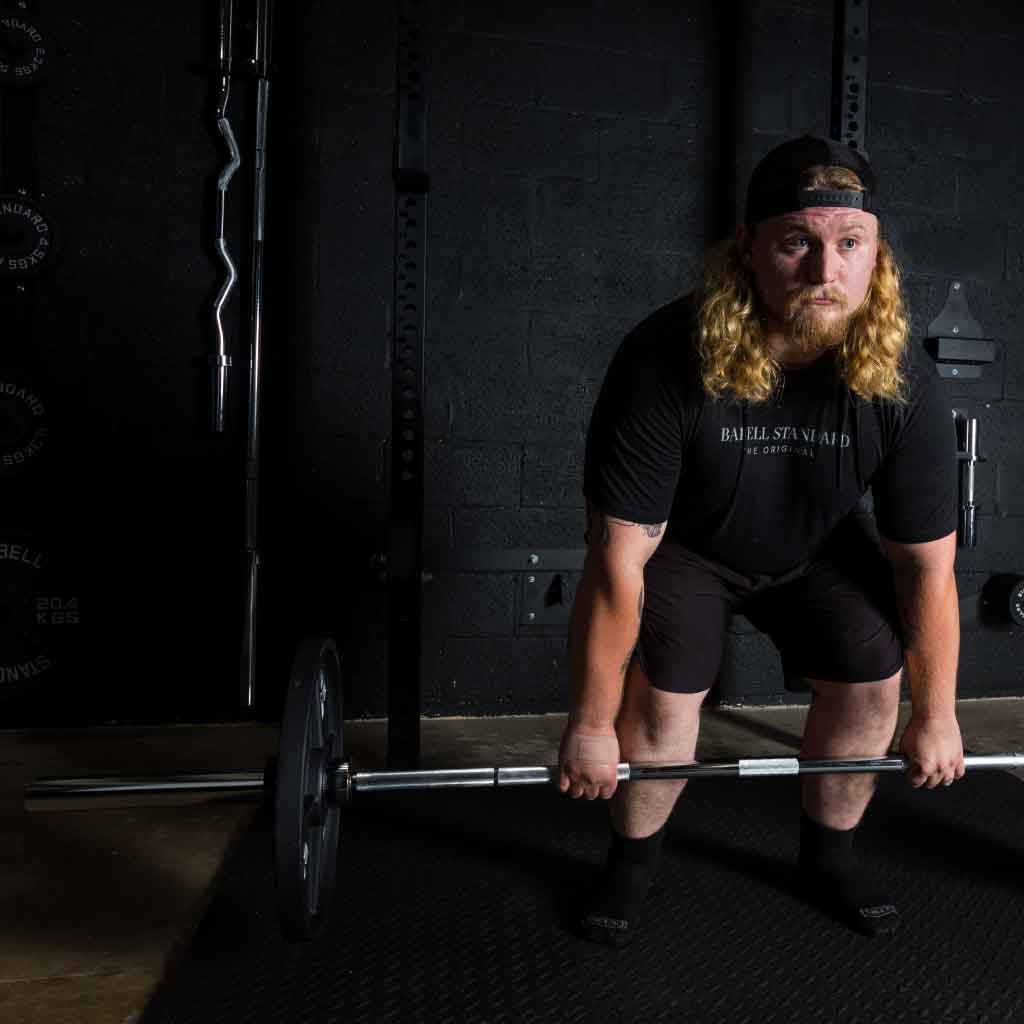
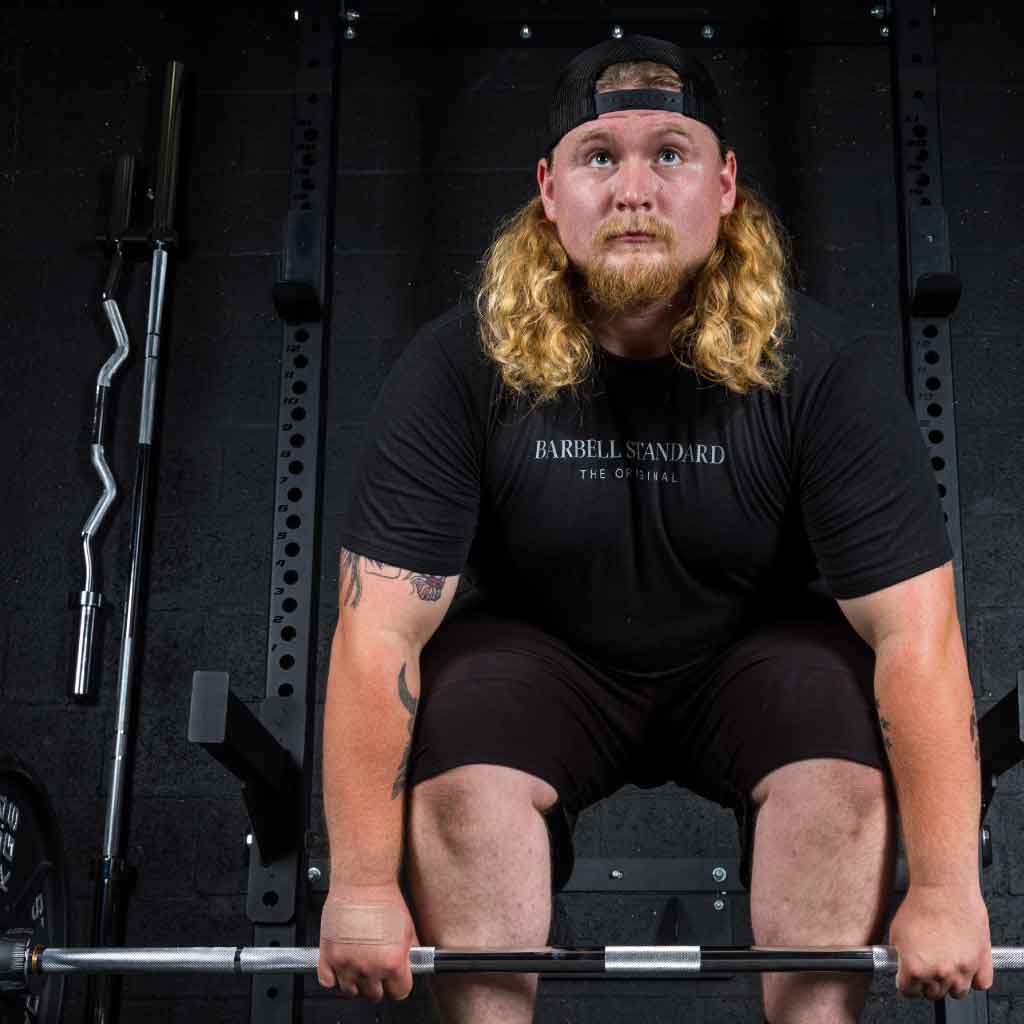

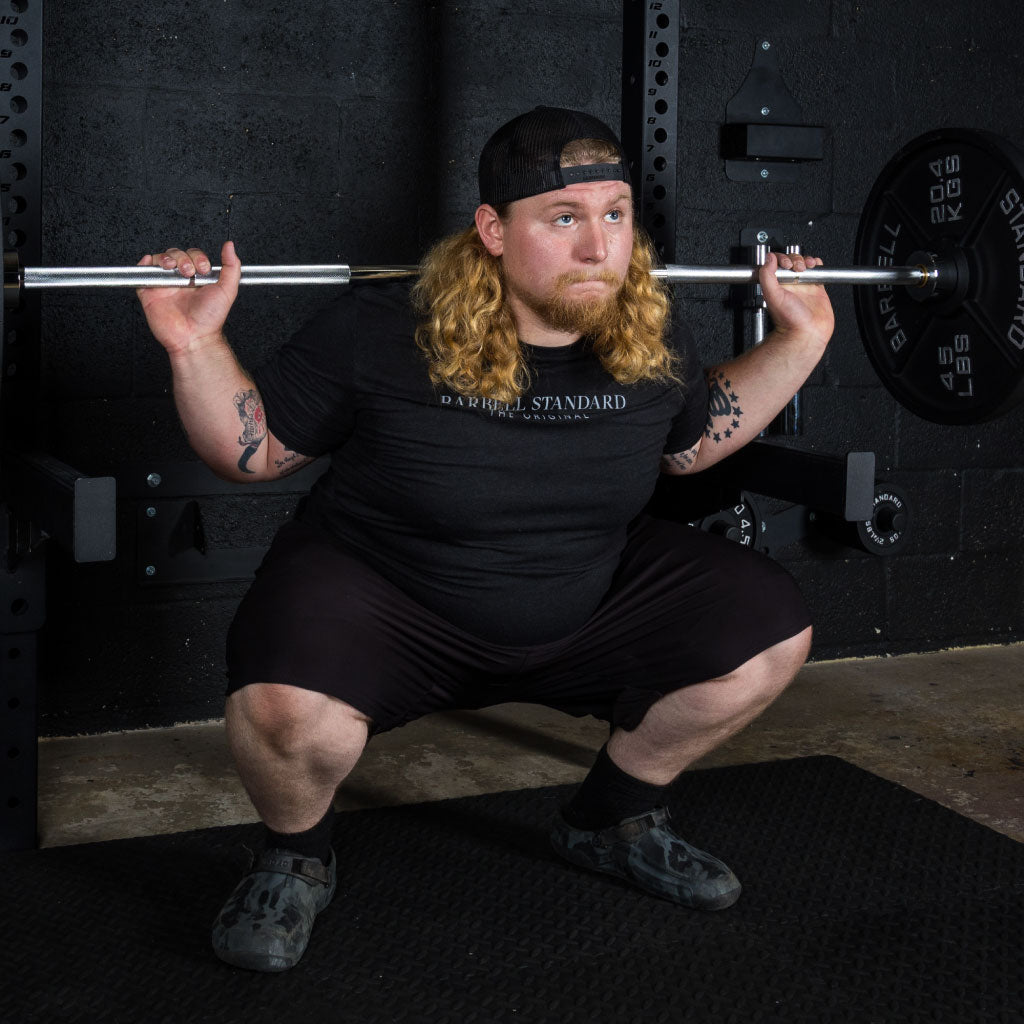
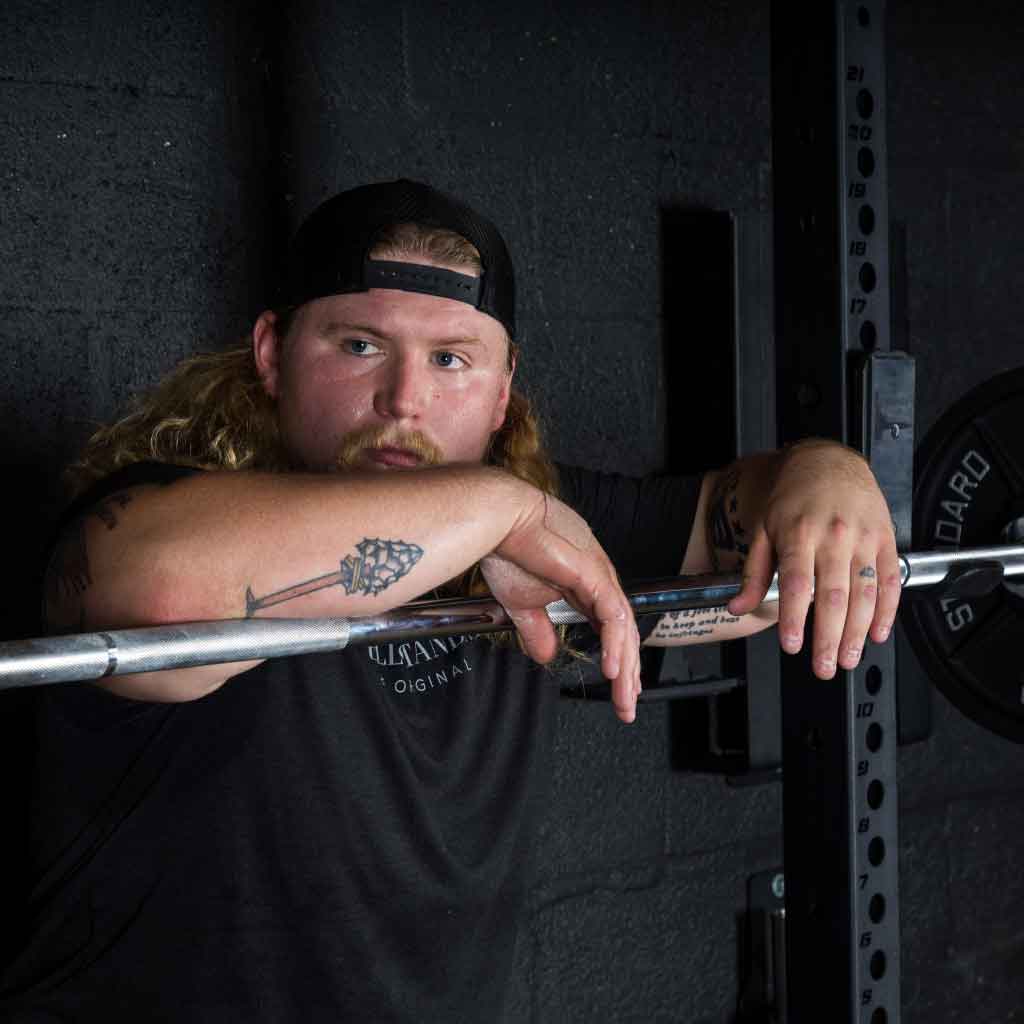
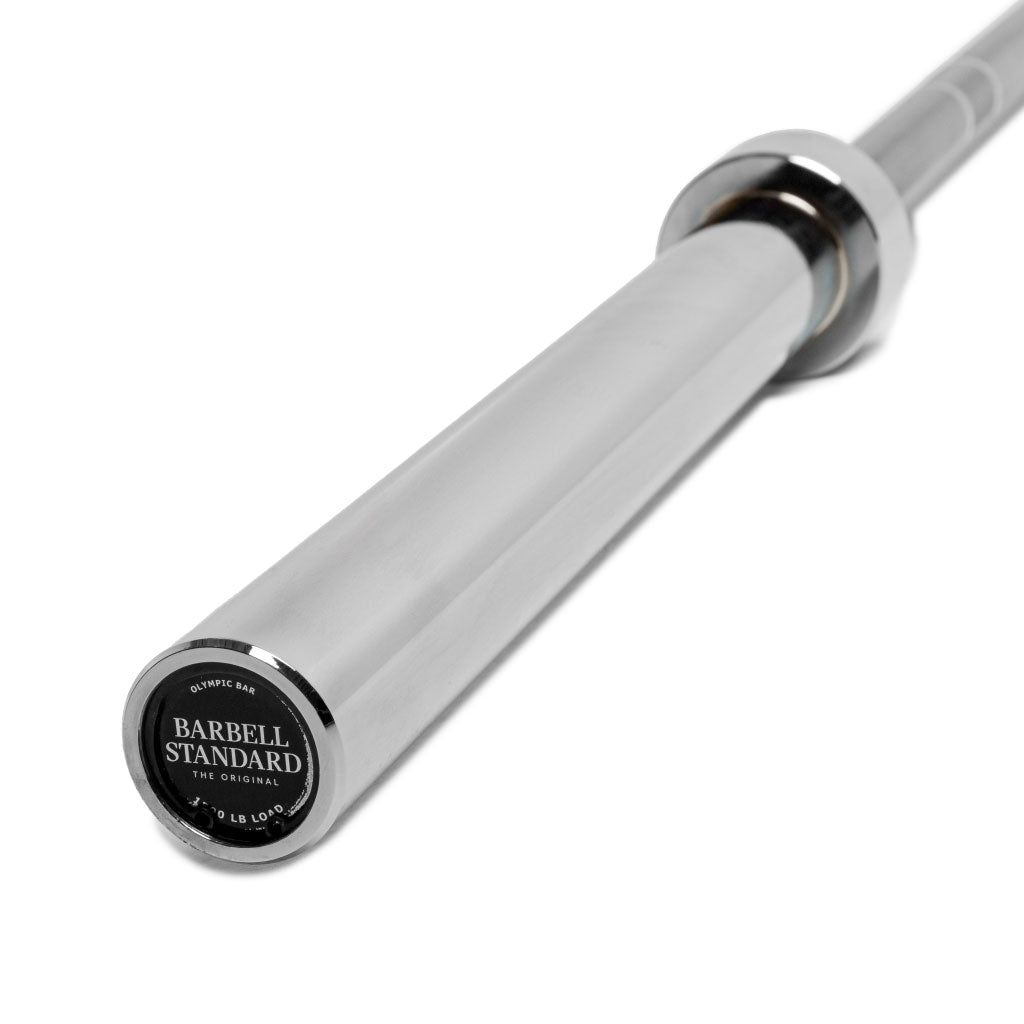
Barbell 1500 Olympic Barbell
The Barbell 1500 is our most popular all-purpose barbell, offering a premium experience for both explosive Olympic lifts and your heaviest Powerlifting days. This standard 7' 20kg Olympic 2" barbell is the only bar that you'll ever need.
View full details
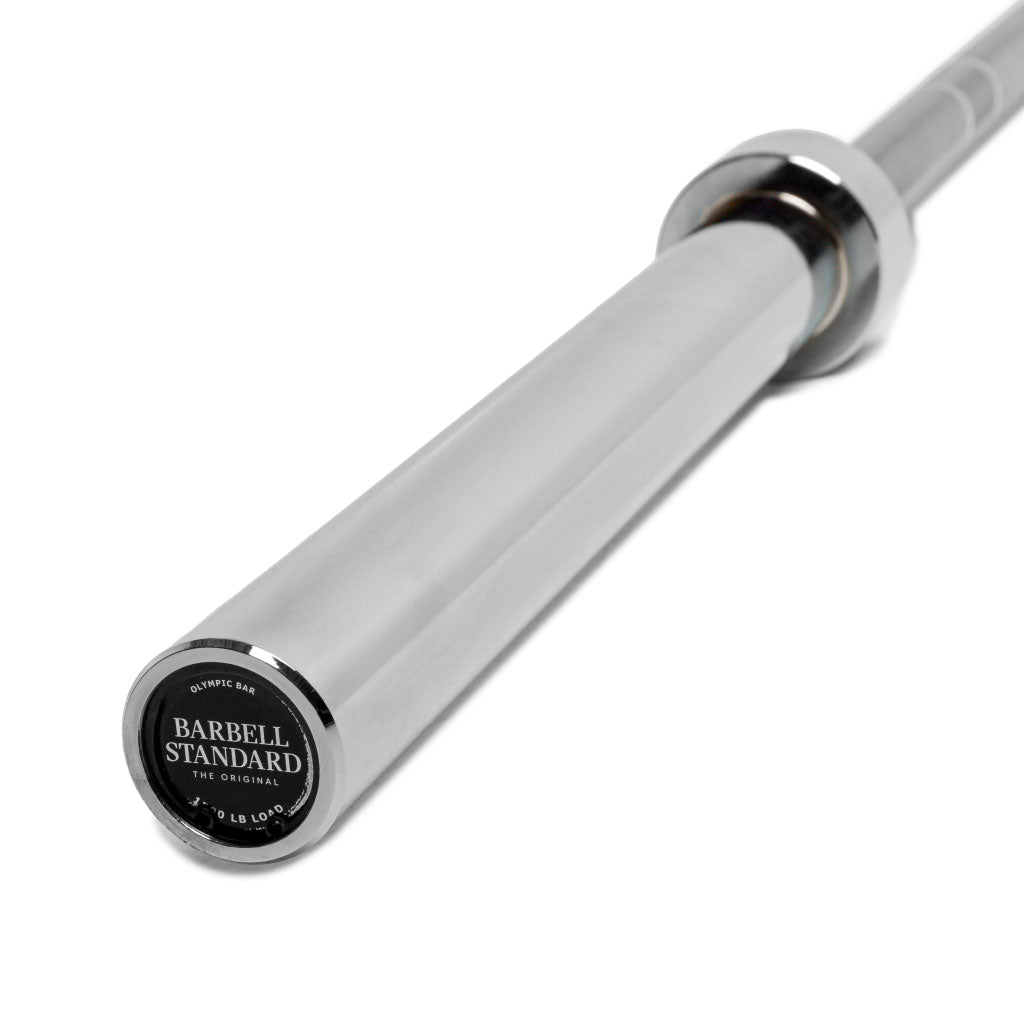
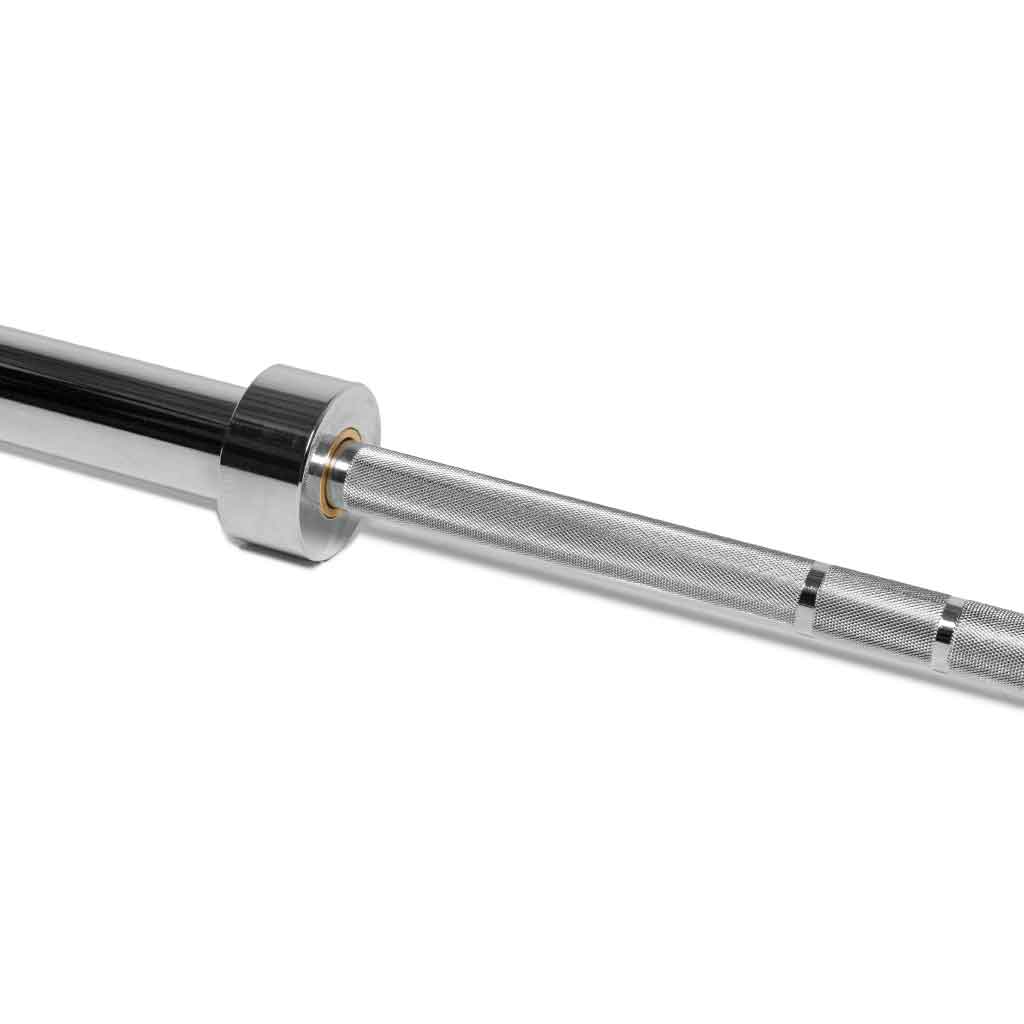
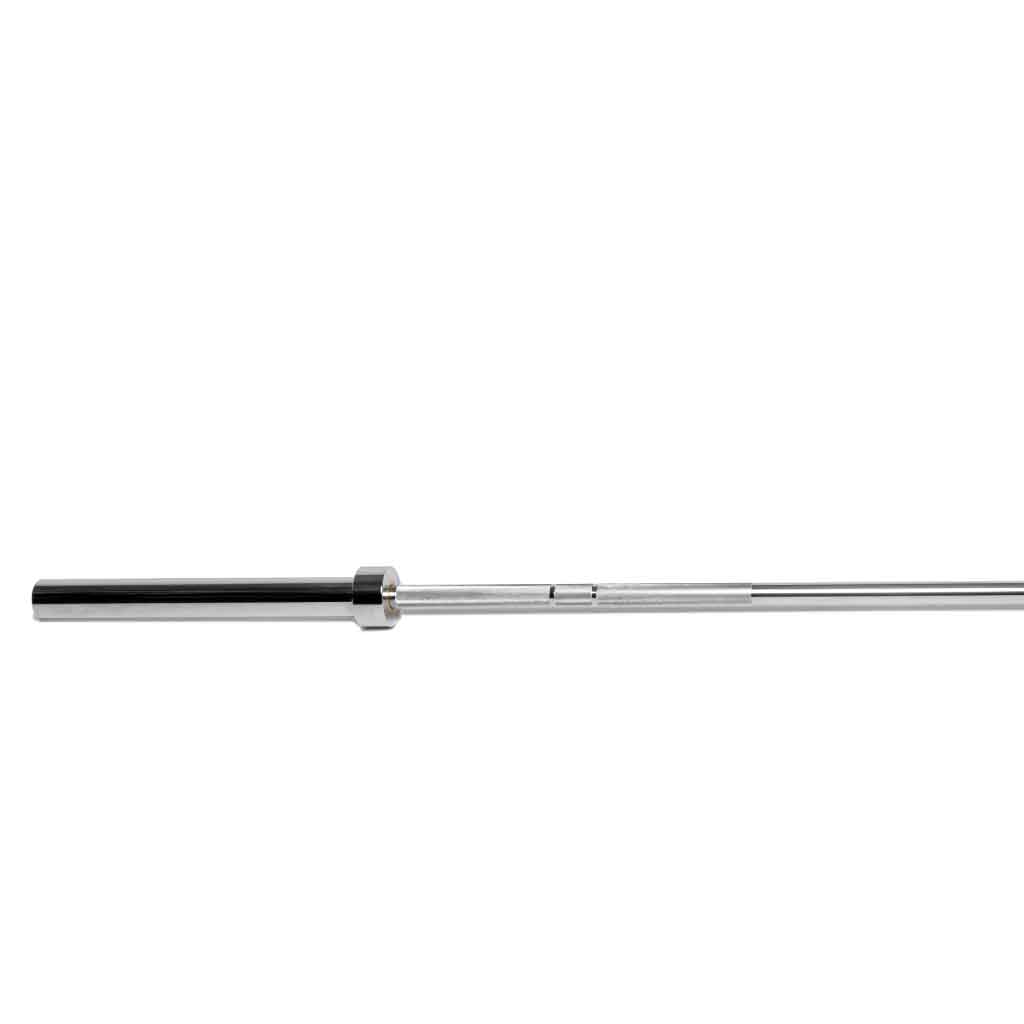
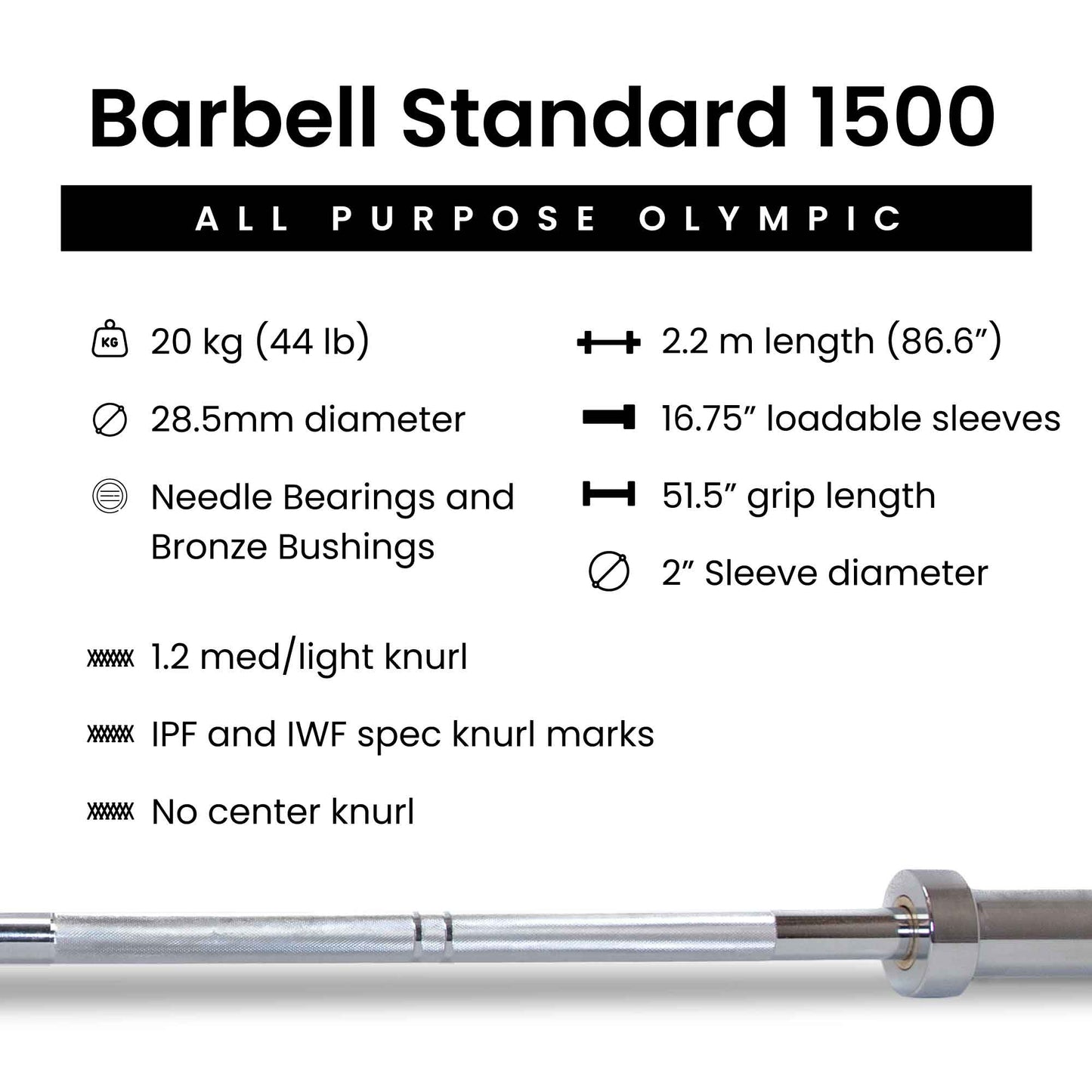
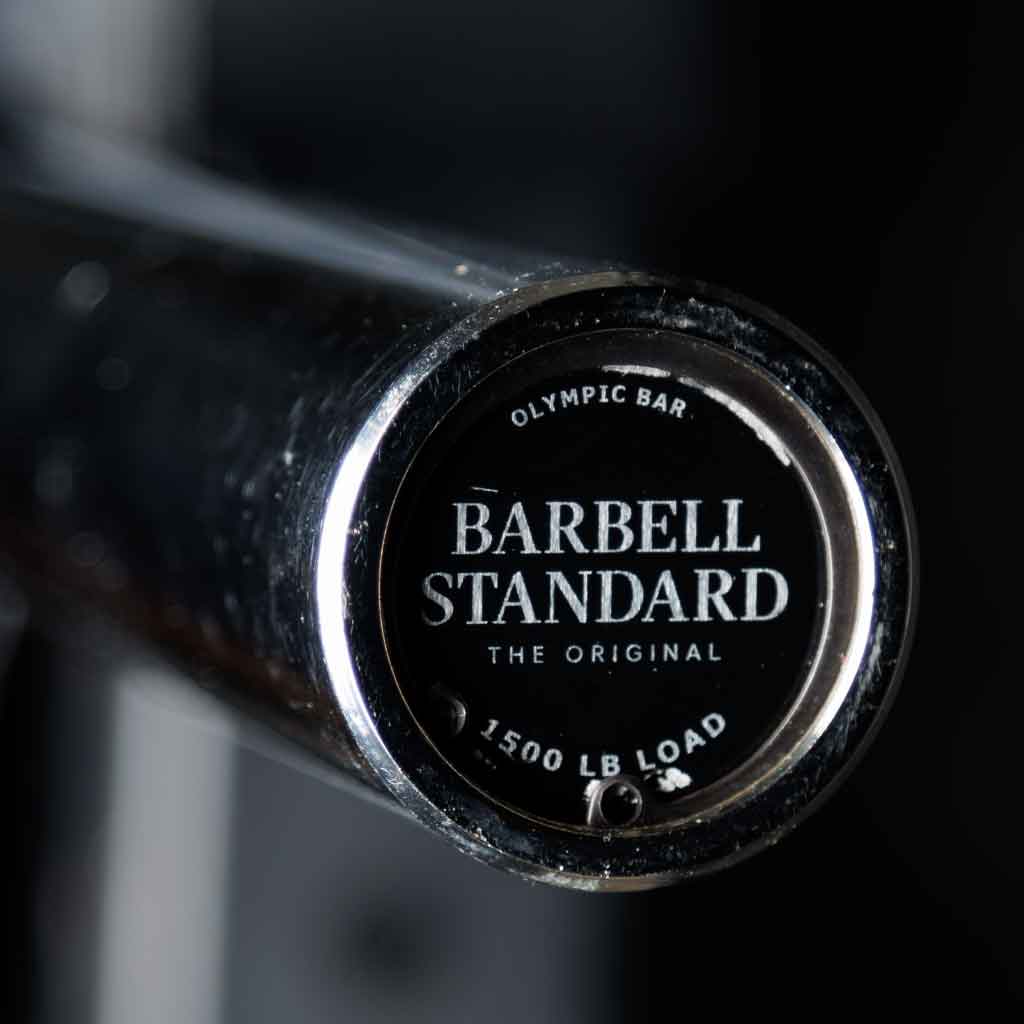
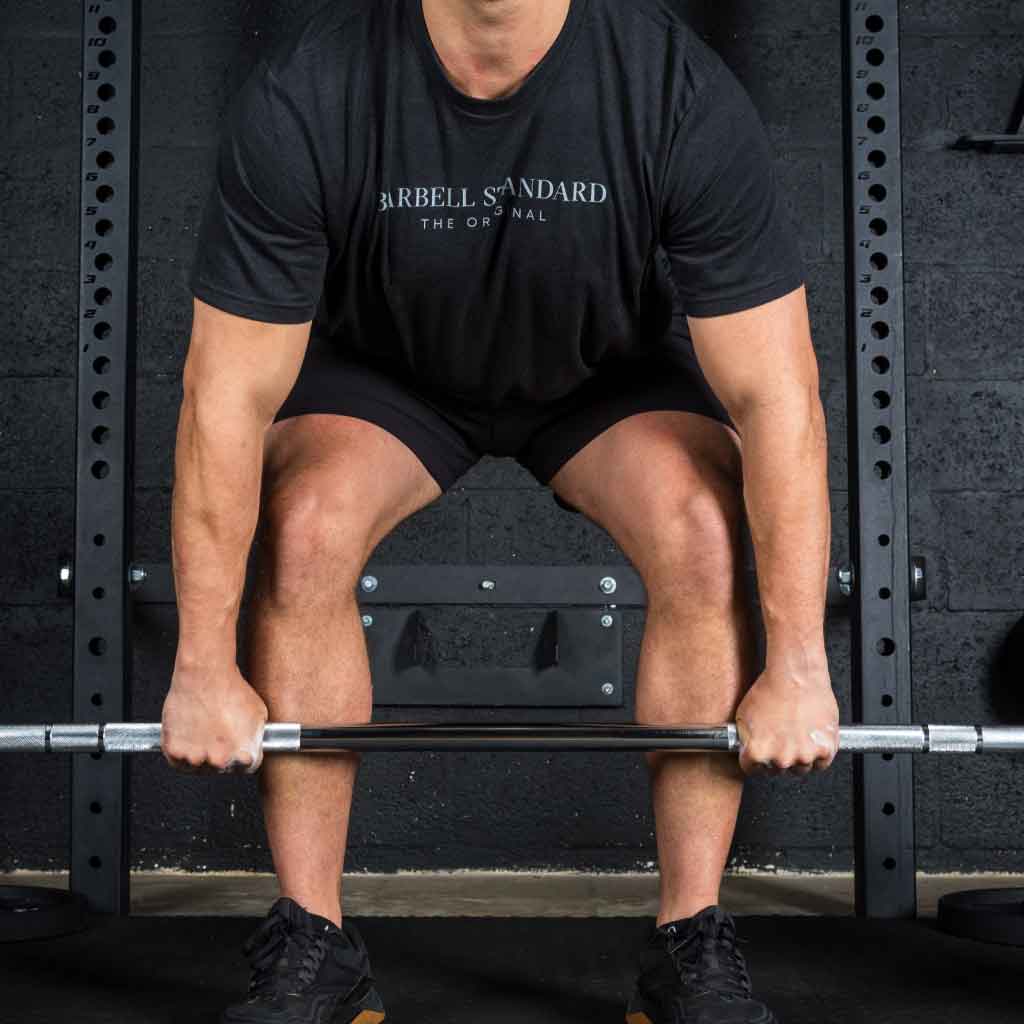
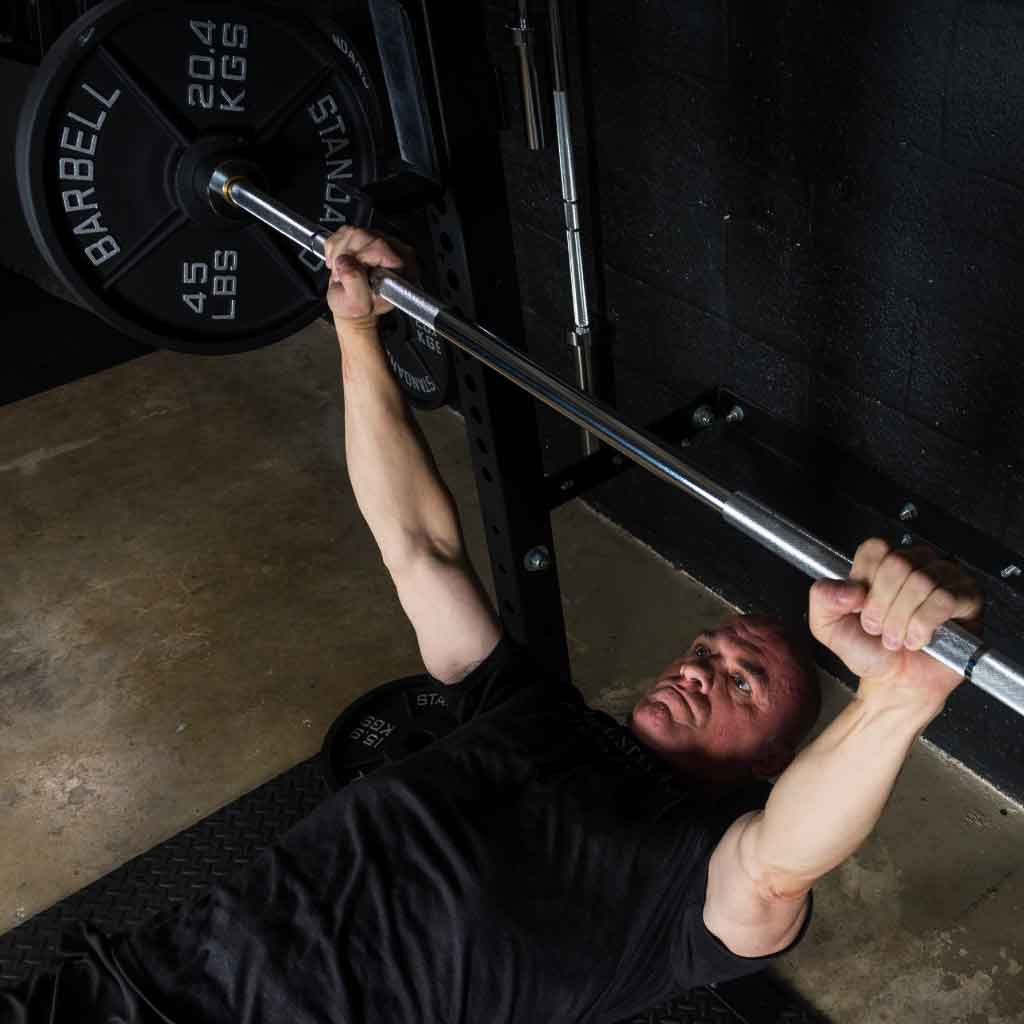
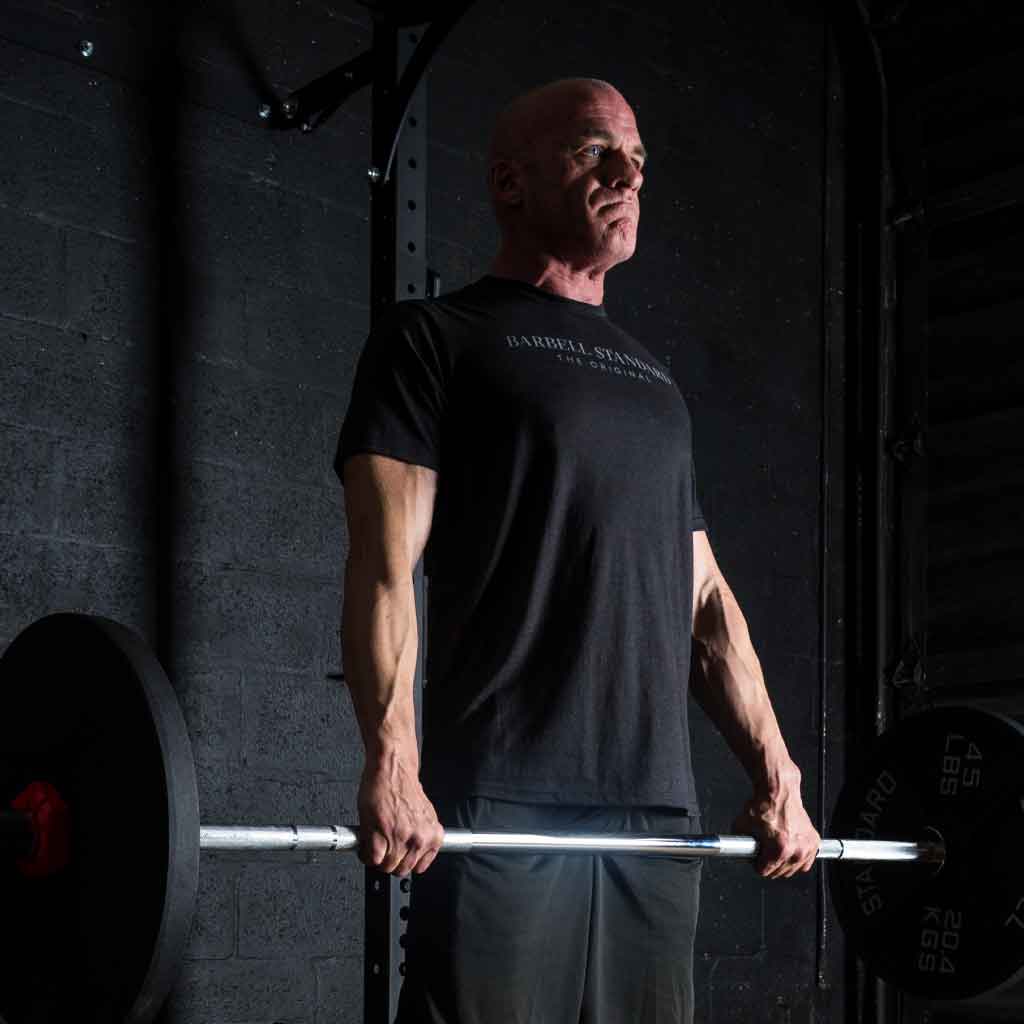
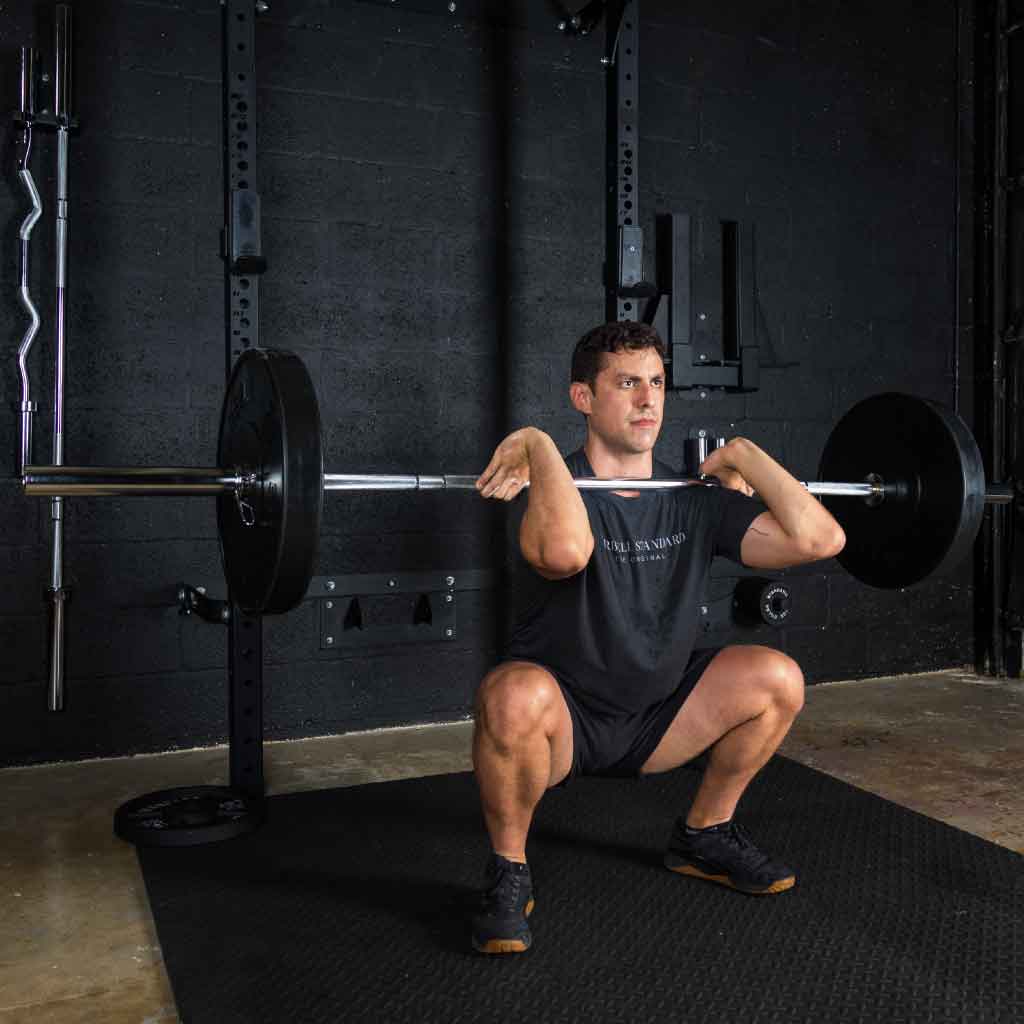
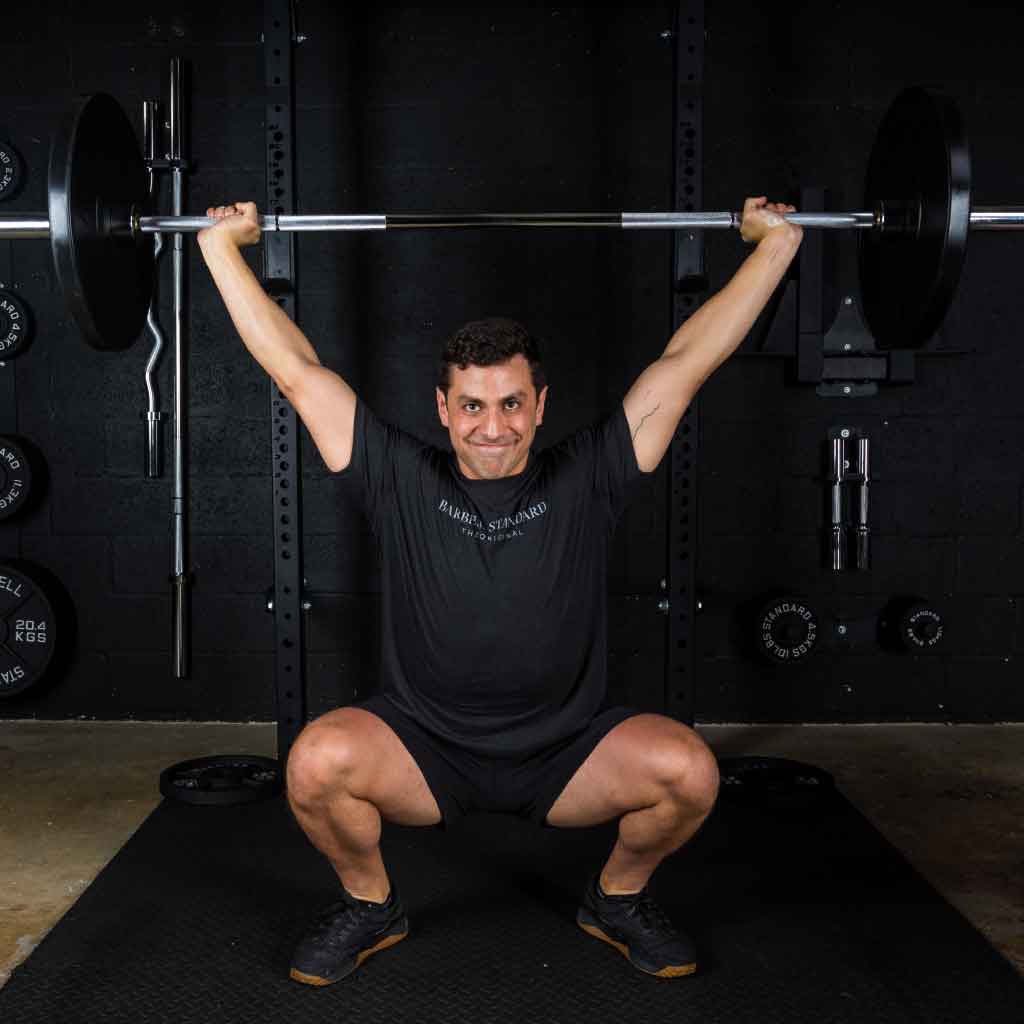
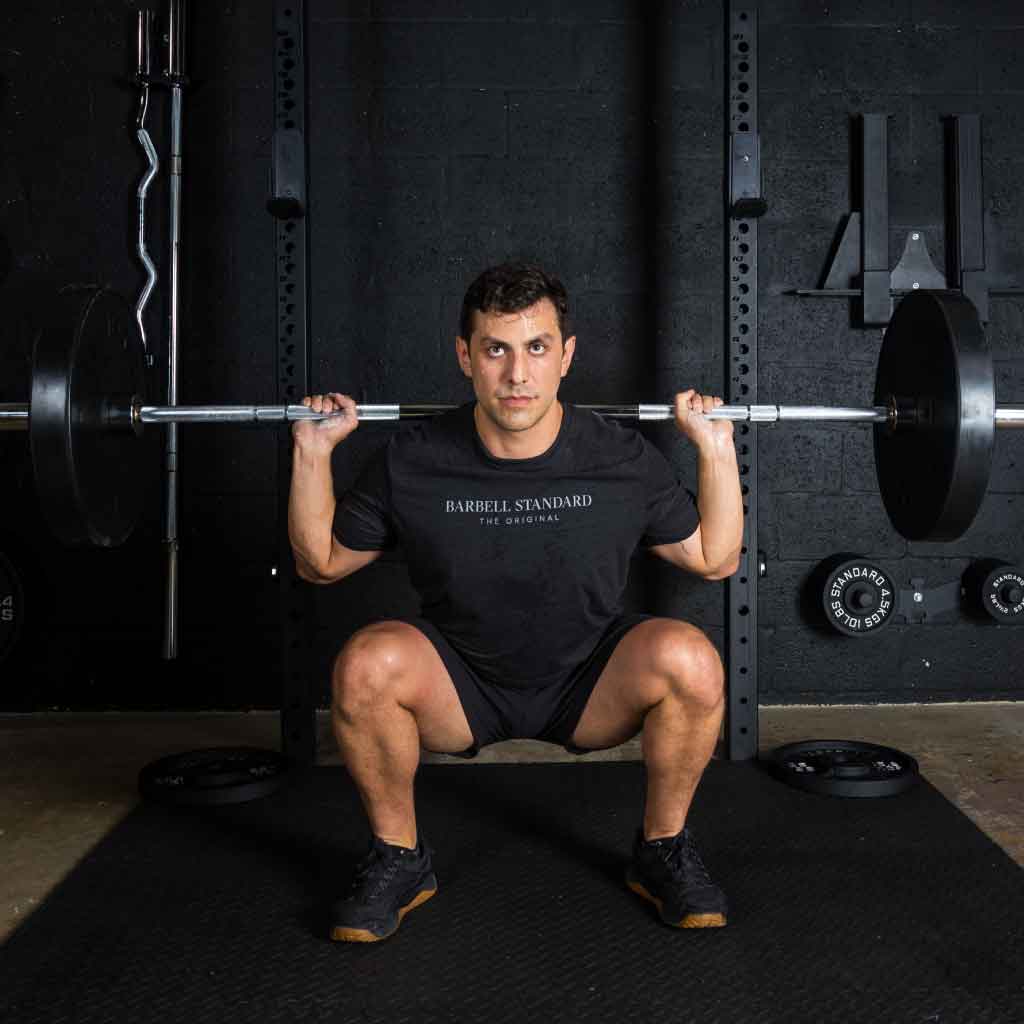
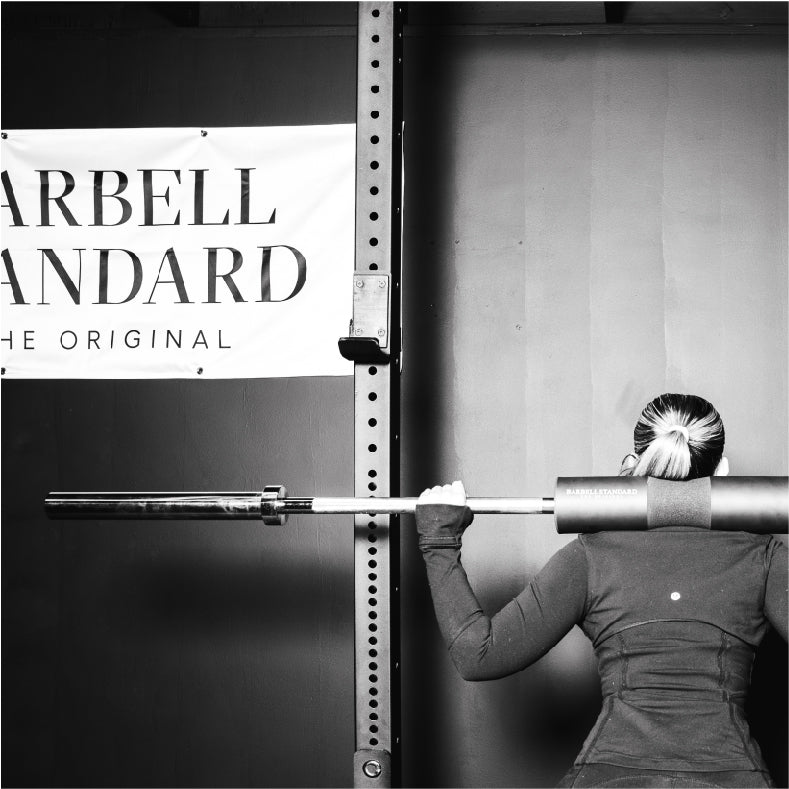
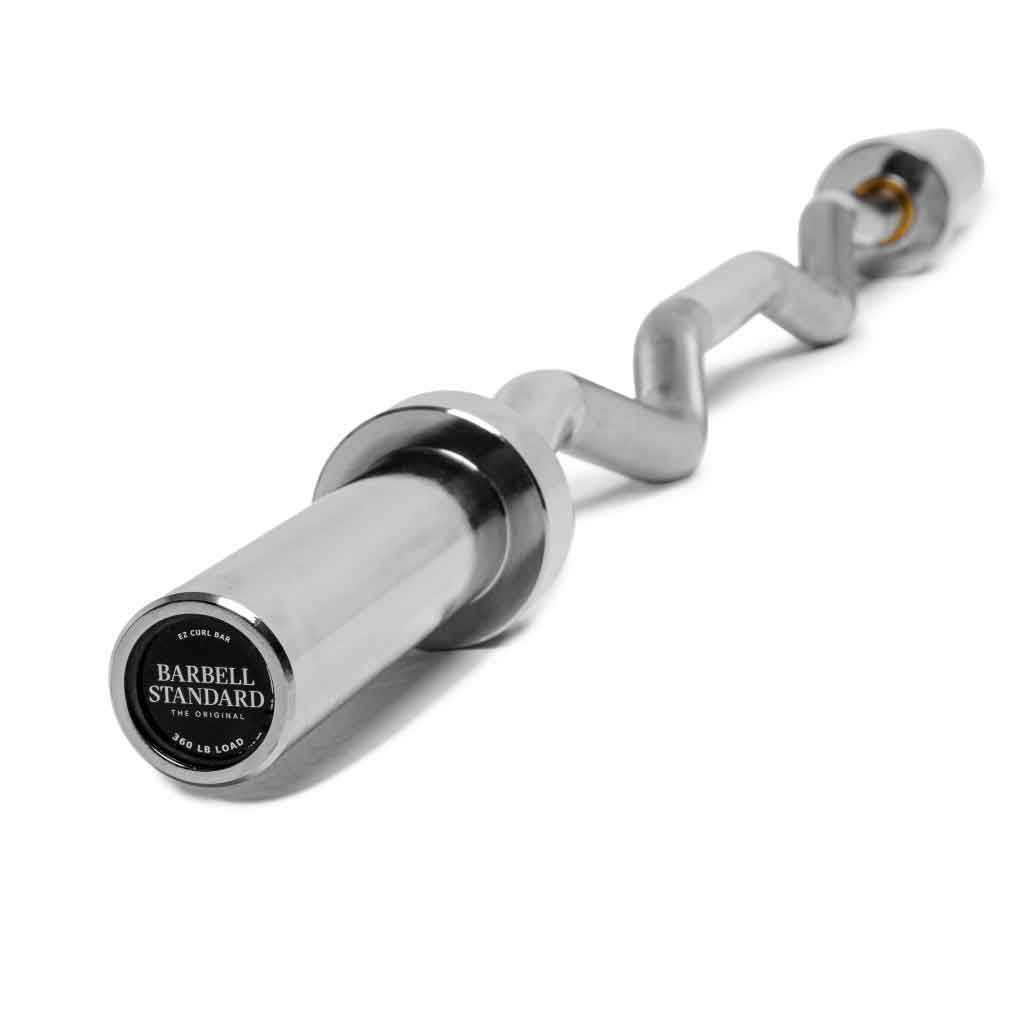
EZ Curl Bar
Our 48" Olympic Curl Bar can be used for just isolation movements, or you can use it like a shorter barbell with alternate grip options. Designed for optimum biceps engagement, our 2" Olympic Curl Bar can be combined with our plates for up to 300 pounds of resistance
View full details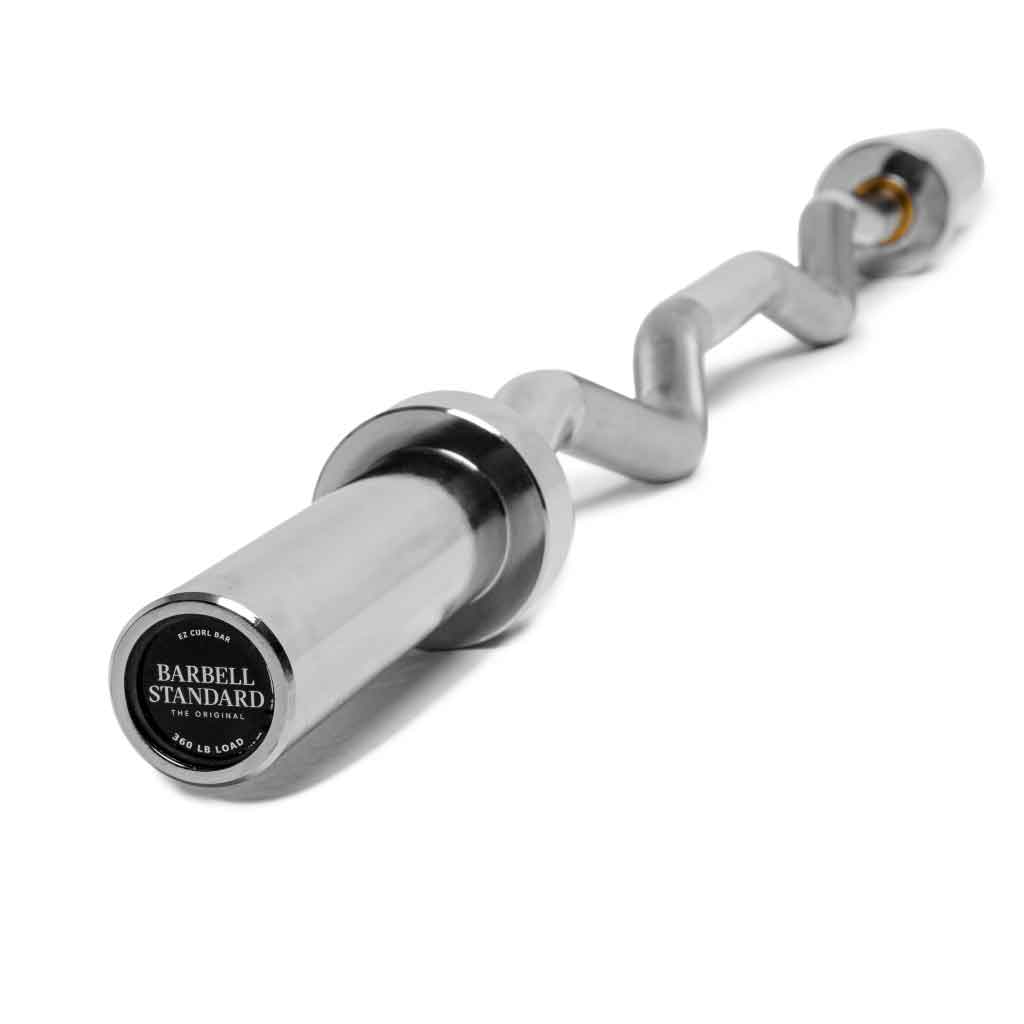

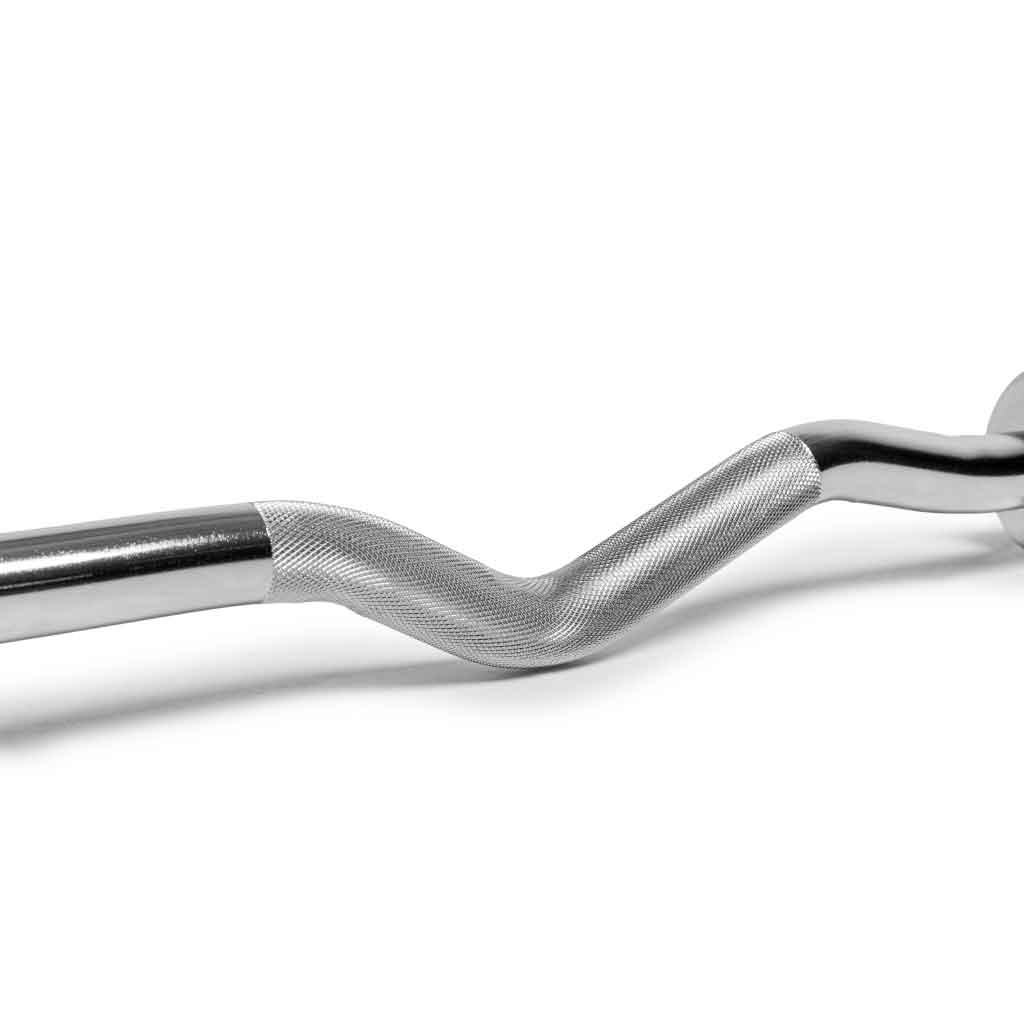
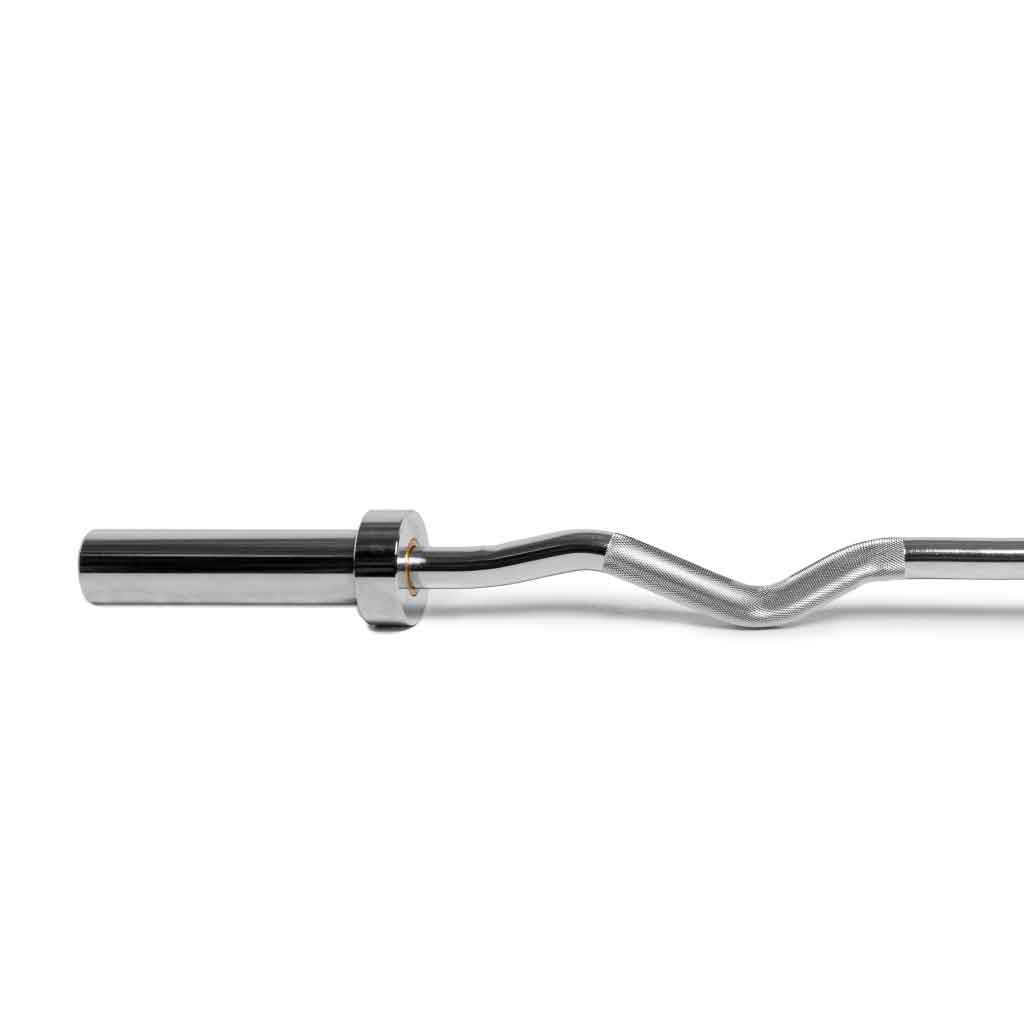

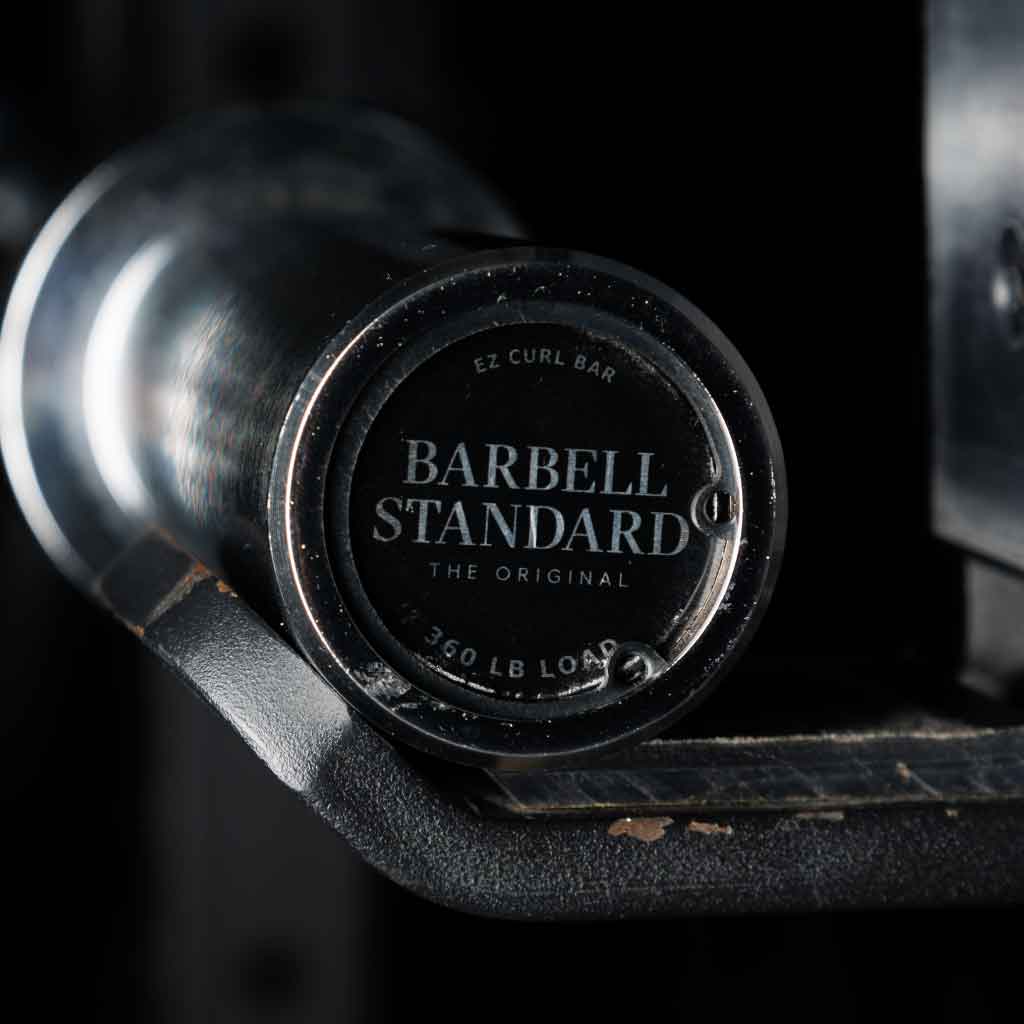

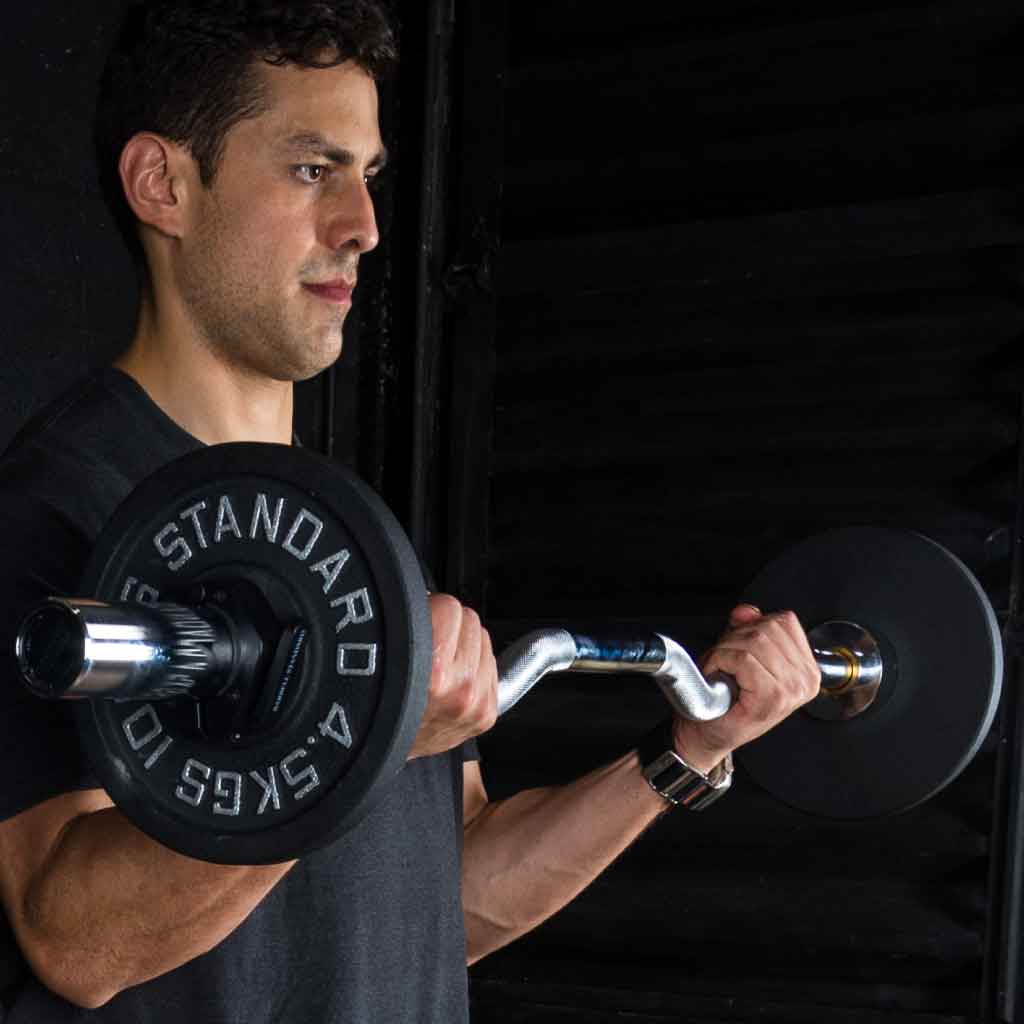

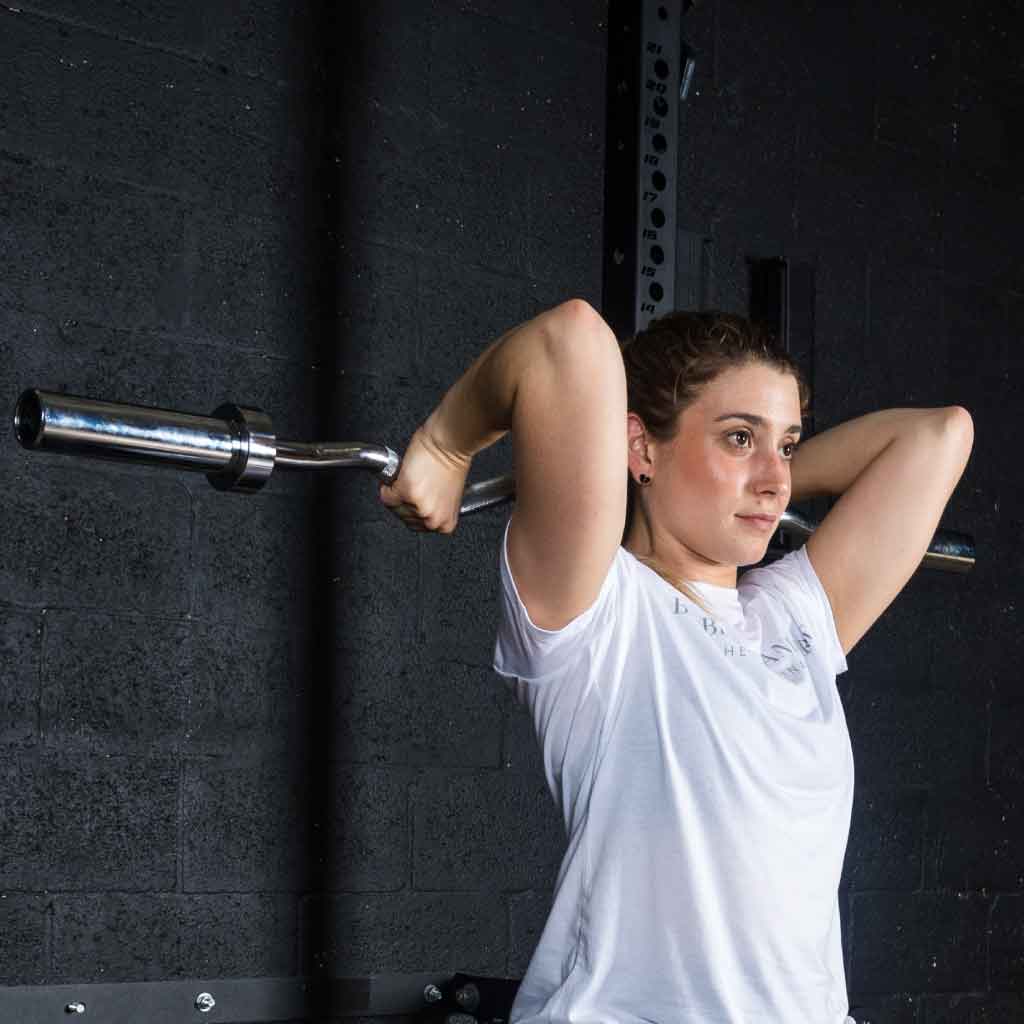
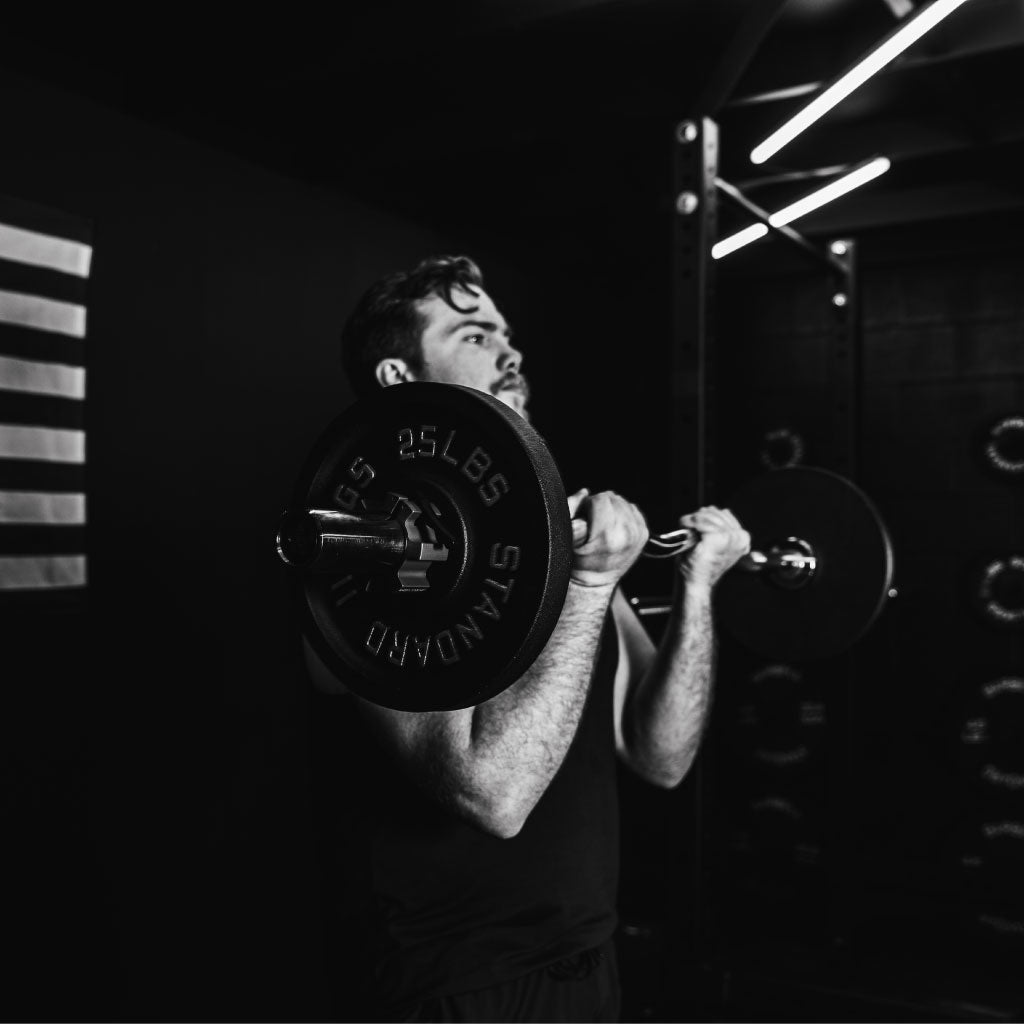
Collections
-
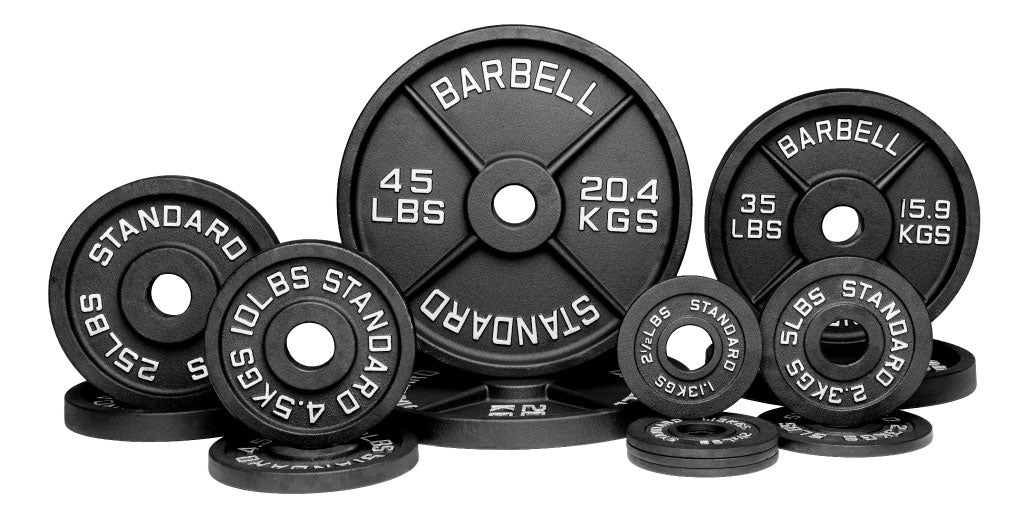
Weight Plates & Dumbbells
Weight pairs available from 2.5 to 45 pounds. Weight sets available from...
-
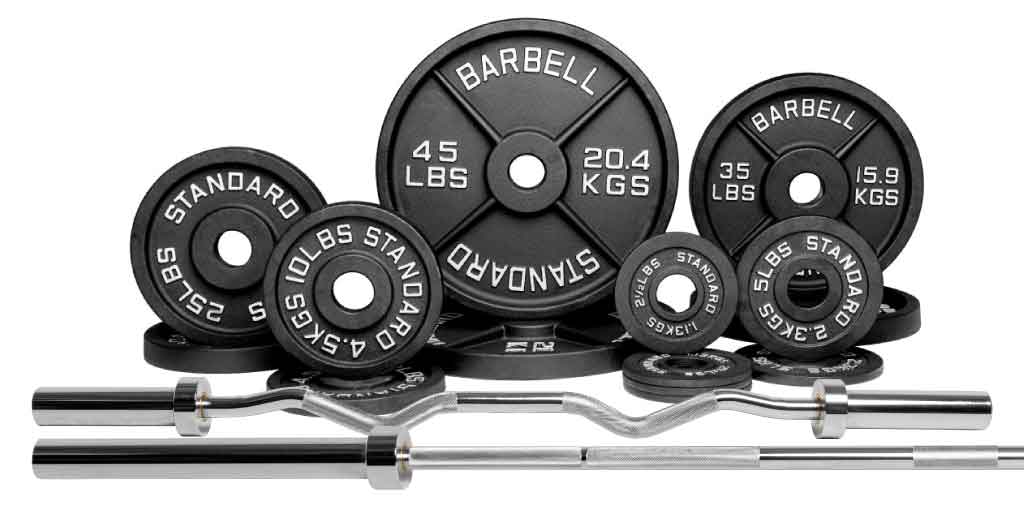
Barbell Weight Sets
Our Barbell Weight Sets include a complete weight set, with the option...
